Guide to Smithsonian National Air and Space Museum
The National Air and Space Museum of the Smithsonian Institute is on the National Mall in Washington D.C. Located directly in the shadow of the U.S. Capital it is one on the most popular museums in the world. I have been coming here since it opened in 1976.
Jump Ahead To
Overview
The annual Global Attractions Attendance report lists the most popular museums and theme parks in the world. With 6.2 million visitors, the National Air and Space Museum was number 5 in 2018. For reference the Vatican Museums in Rome were number 4 with 6.8 million visitors and the Louvre in Paris was number one with 10.2 million.
This is an important point to make upfront because the National Air and Space Museum is currently in the process of a major overhaul. Over a seven-year period, starting in 2018, portions the museum will be closed in phases. Eventually everyone of the 23 major galleries and halls of the museum will receive a total update.
Of course, this is an important consideration when visiting over the next few years. Crowds combined with construction mean it is hard for us to say what it will be like at the National Air and Space Museum.
Before visiting it is advisable to check the current conditions to see what is open/closed.
You can find full information about the transformation on the official website.
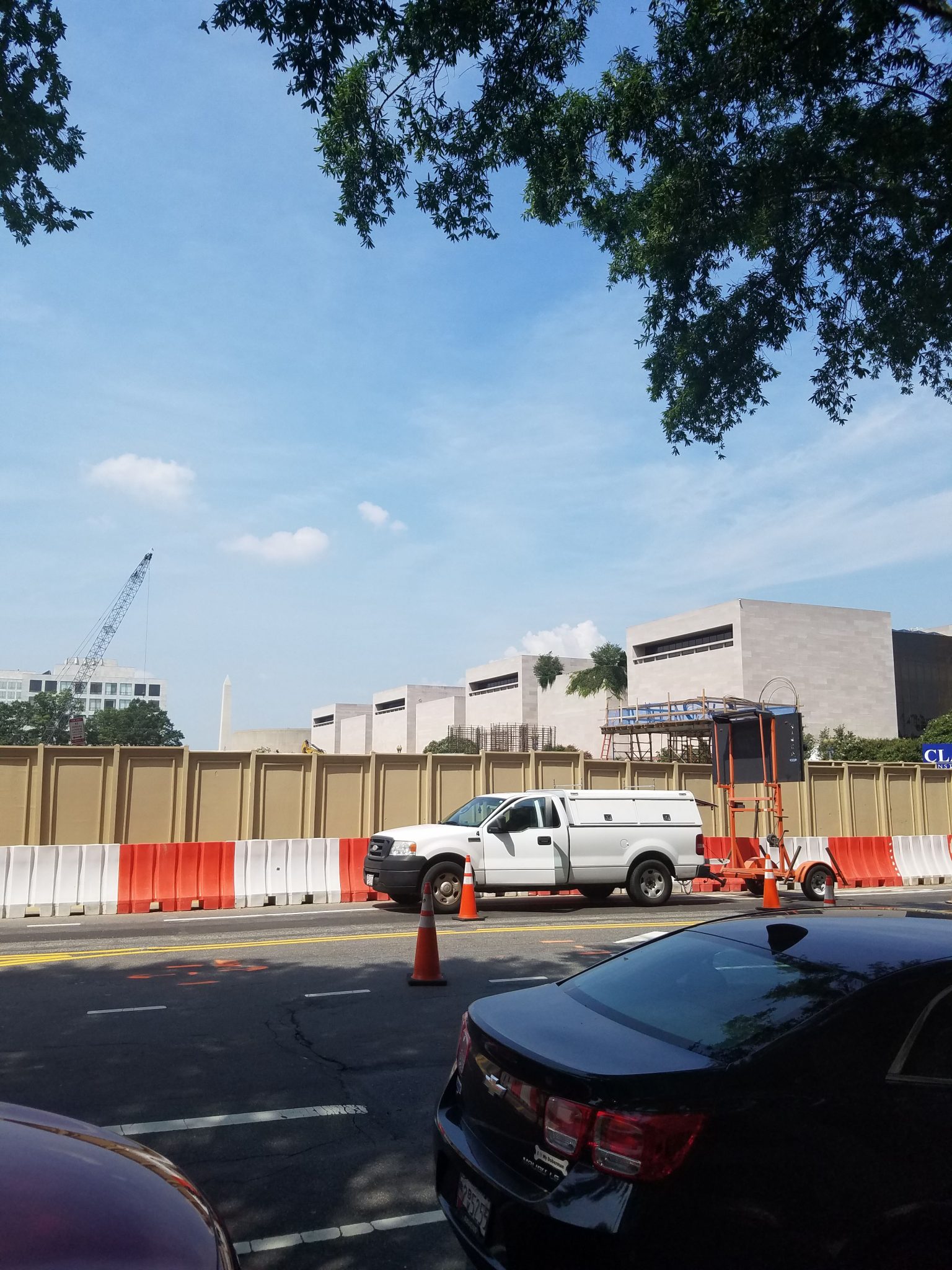
Also, it should be noted that the Steven Udvar-Hazy Center is a companion museum to the core National Air and Space Museum. This museum is also free but there is a $15 per vehicle parking fee. The Udvar-Hazy Center is 26 miles away in the Virginia suburbs by Dulles airport so it is a separate destination.
With that in mind, I personally have been going to the National Air and Space Museum since it opened in 1976. My kids continue to love this museum and we visit on a regular basis.
Like most of the Smithsonian museums it is free to visit the National Air and Space Museum. There are IMAX films that cost extra, and you can rent an audio tour for $7, but everything else is no cost. The one IMAX film I have watched many times at the National Air and Space Museum is To Fly! This is a classic that has played since the museum opened in 1976 and remains a family favorite.
Location and Logistics
The National Air and Space Museum is located in the heart of Washington, D.C. on the National Mall that runs between the Washington Monument and Capital. On one side is the Hirshhorn museum of contemporary art. On the other side is the National Museum of the American Indian.
We have often traveled by Metro when our family lived by a Metro station. The L’ Enfant Plaza Metro is the closest stop. The Smithsonian Metro stop is in the center of the Mall but it is a longer walk. There are also more places to eat near L’Enfant. Dining is a major issue at the current museum.
In recent years, we have driven into the District and parked in one of the many garages. We use the app SpotHero. This allows you to put in your destination and find all available parking spaces. Generally, a garage close to the museum will be about $20 for most of the day. If you are willing to walk further, you can find lower prices. The last time we visited it was a nice day, so I found a place for $10 about a mile away. ParkWhiz is a similar service but I have not personally used it.
Overall, I consider central Washington, D.C. fairly easy and reasonable for transportation and parking. In order to have more time seeing sites I recommend paying a little extra to be close.
Considering the National Air and Space Museum is being overhauled we will not be doing a major guide. Instead we will talk about some of the things you are likely to see. Parts of the museum will be closed, restored and then reopened. Many of the galleries will receive a complete overhaul.
Generally, you can enter the museum from either the Independence Ave side or the Jefferson Drive side. However, this may change during renovation. On our last visit the entrance was only from Jefferson Drive. You can check the official web site for information about the renovation and current logistics.
Exhibits
The National Air and Space Museum is a huge two-story building. The open central section displays many of the most important items in what was known as the Milestones of Flight Hall and Space Hall. Off this main section there are multiple galleries, each with a unique theme. Each of these galleries is being totally overhauled.
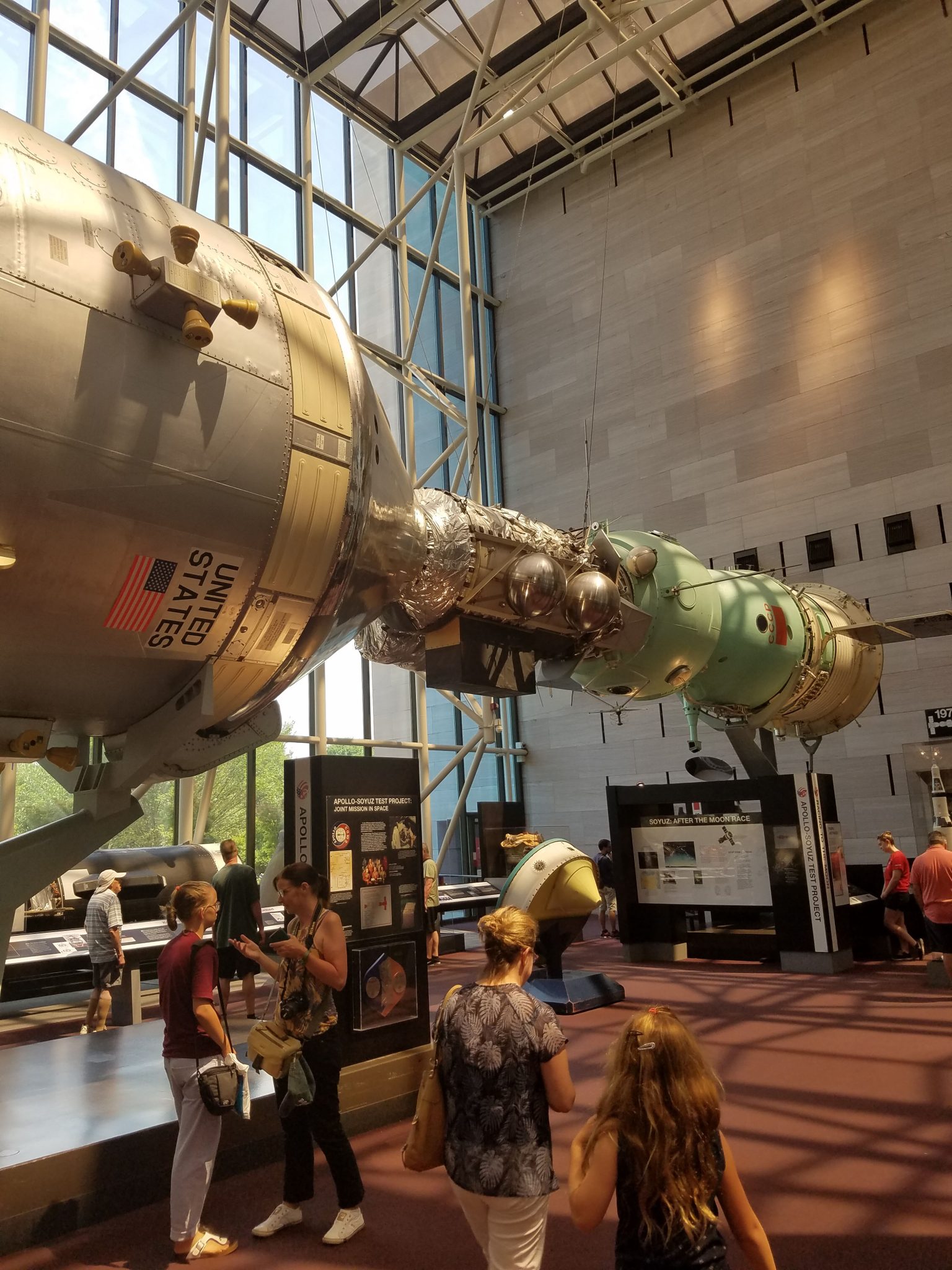
The good news is that it appears many of the major objects will be on display throughout construction. This includes many of the most iconic air and space craft of all-time.
Notable Items
- 1903 Wright Flyer: This was the first powered airplane to take flight at Kitty Hawk, NC. This has been in an entire display hall focused on the Wright Brothers and the start of aviation. We visited right before heading to Kitty Hawk to see the actual site. It appears to be open at the end of 2019.
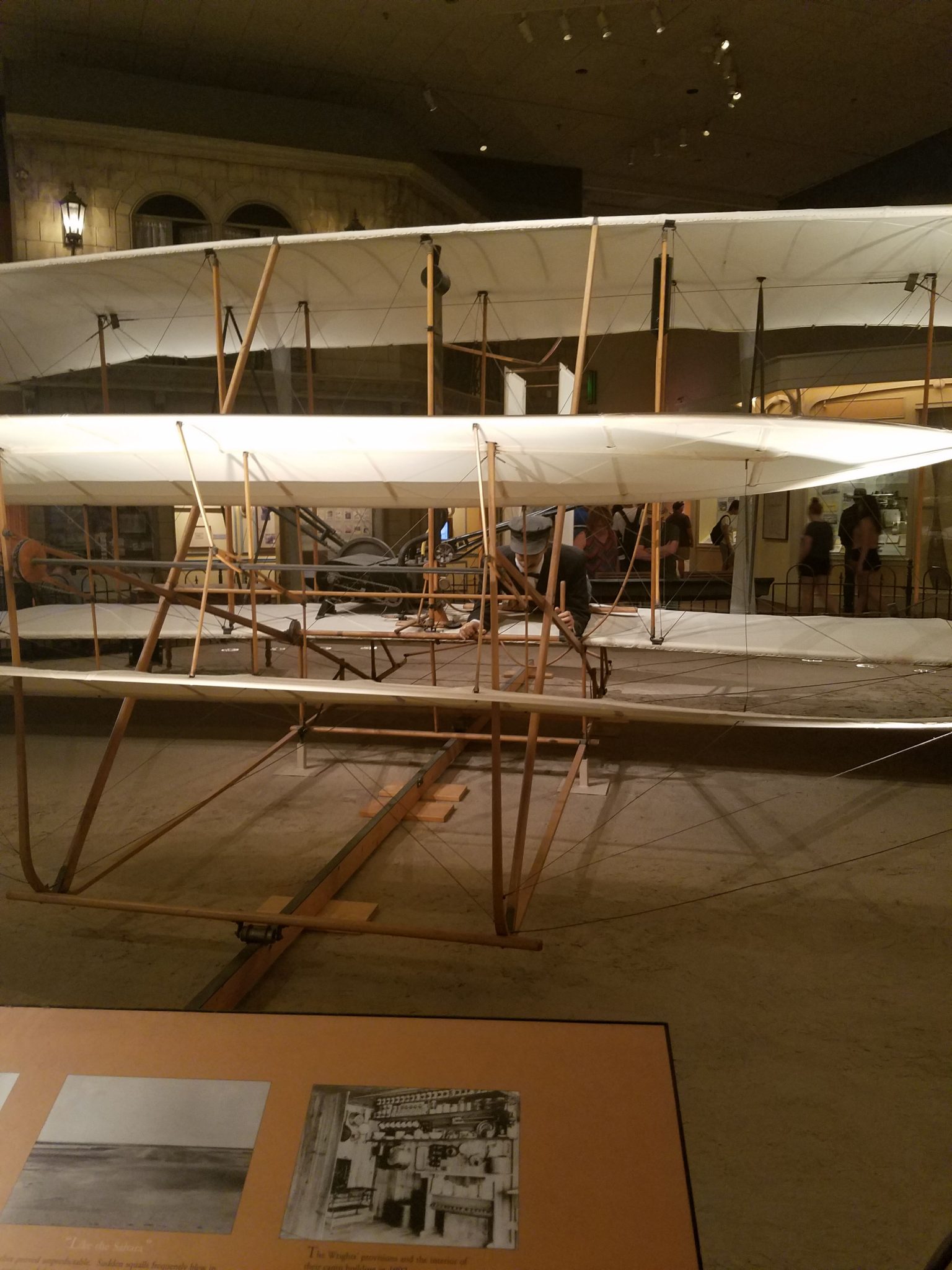
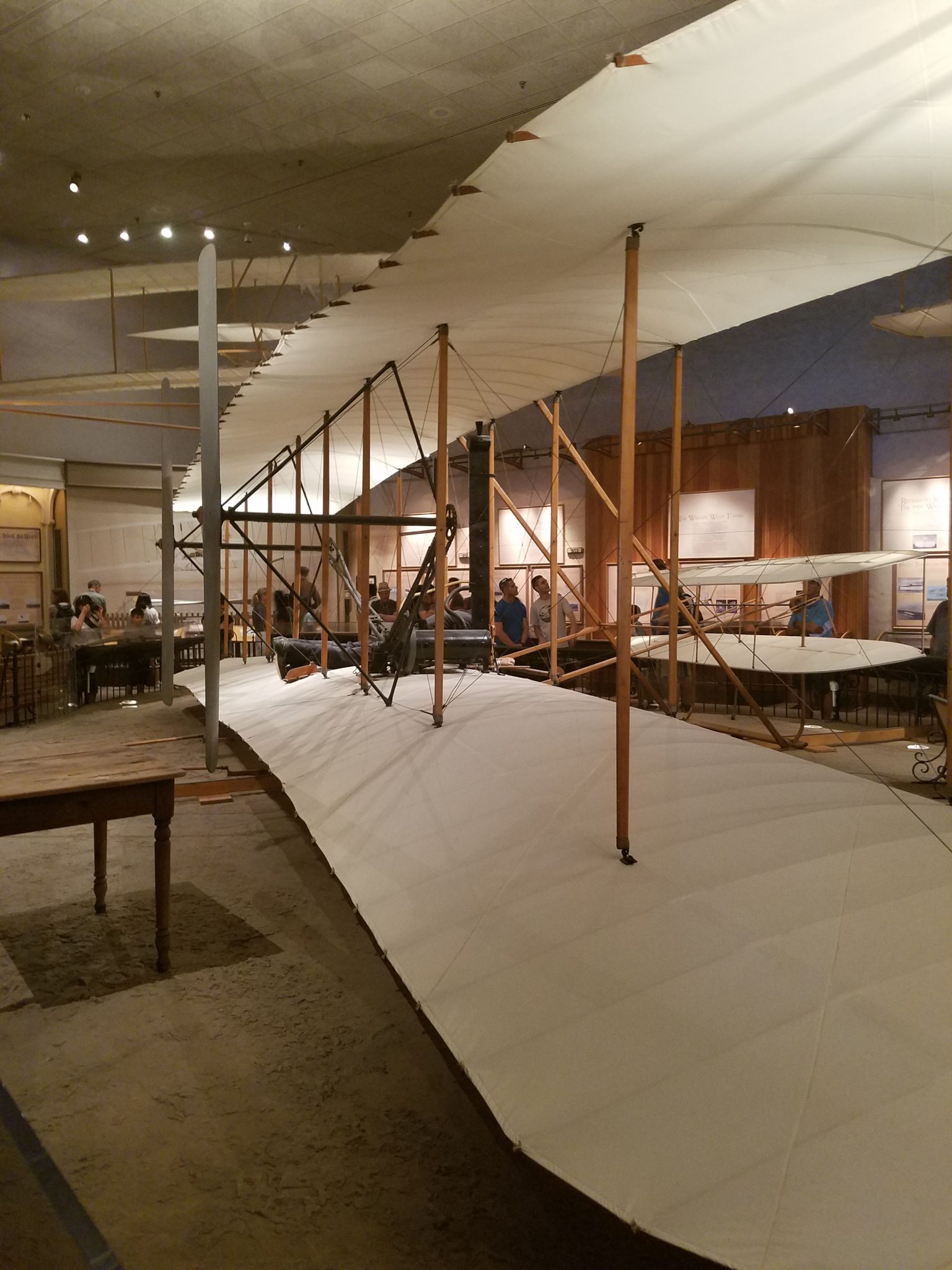
- Spirit of St. Louis: This is the plane Charles Lindbergh used to make the first flight across the Atlantic in 1927. Normally it is hanging in a place of prominence in the center of the museum Flight Hall.
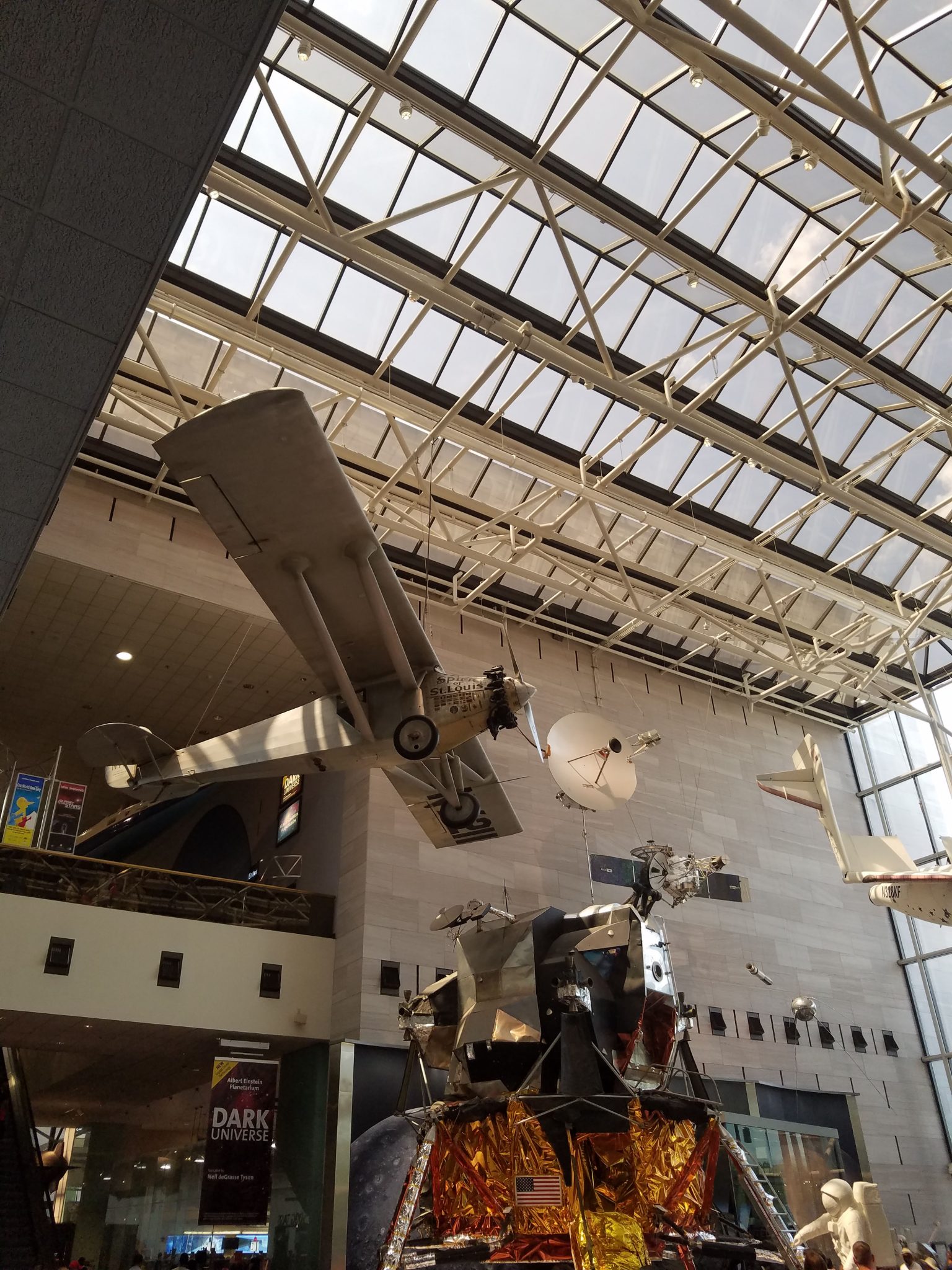
- Bell X-1: This is the rocket powered plane that Chuck Yeager used to break the speed of sound (767 MPH) in 1947.
- Apollo Lunar Module: The Lunar Module is what was used to land on the moon. Of course, the LM-2 module on display did not actually go to the moon. However, it was a fully functional module that was ready to go.
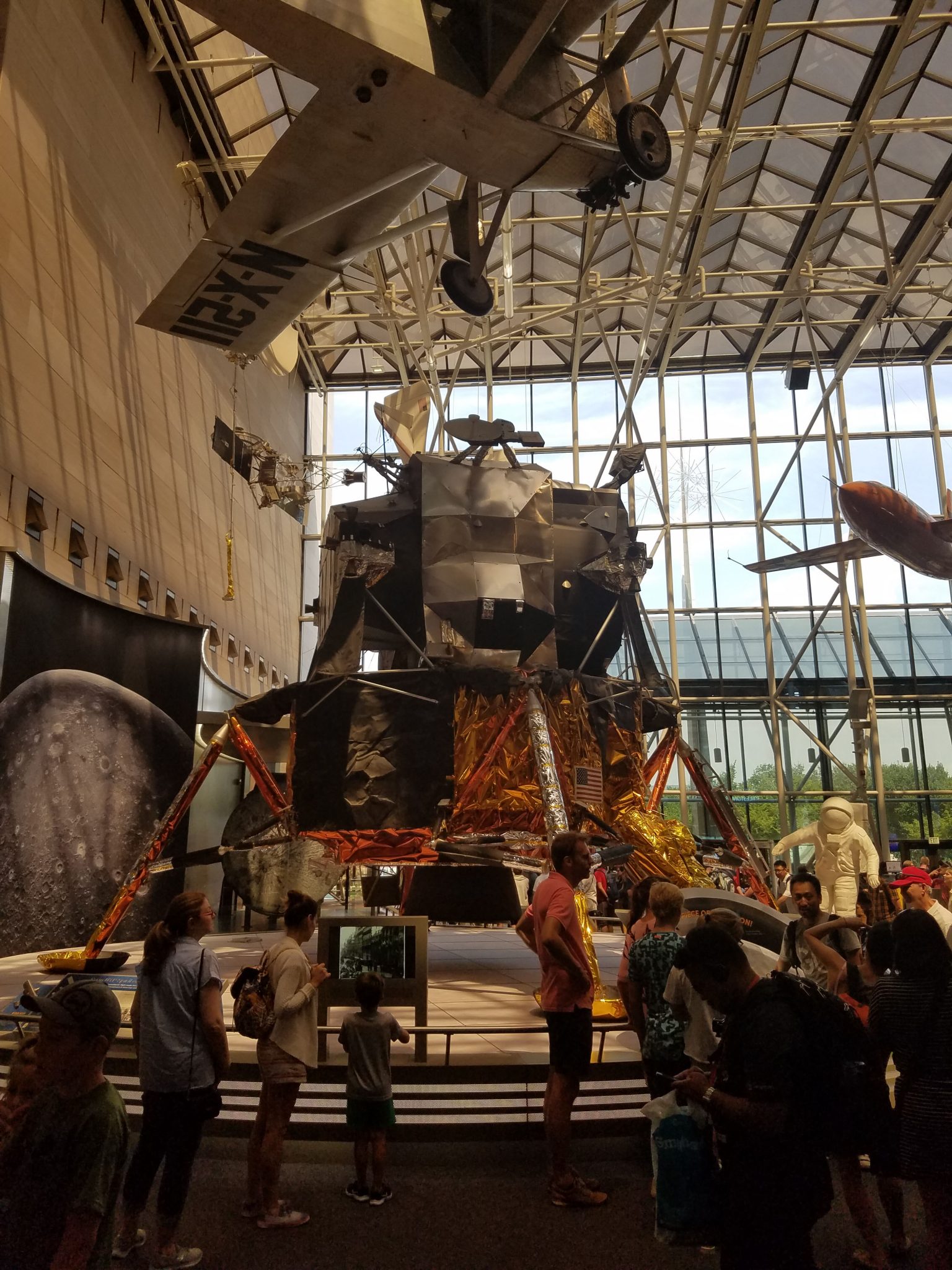
- Neil Armstrong’s Apollo 11 Spacesuit: This is the actual suit Armstrong wore when he became the first human to set foot on the moon in 1969.
- Rockets and Missiles: The central Space Hall has been home to several famous/infamous rocket missiles. This includes a German V-2, the first long range rocket missile used by the Nazis at the end of World War II.
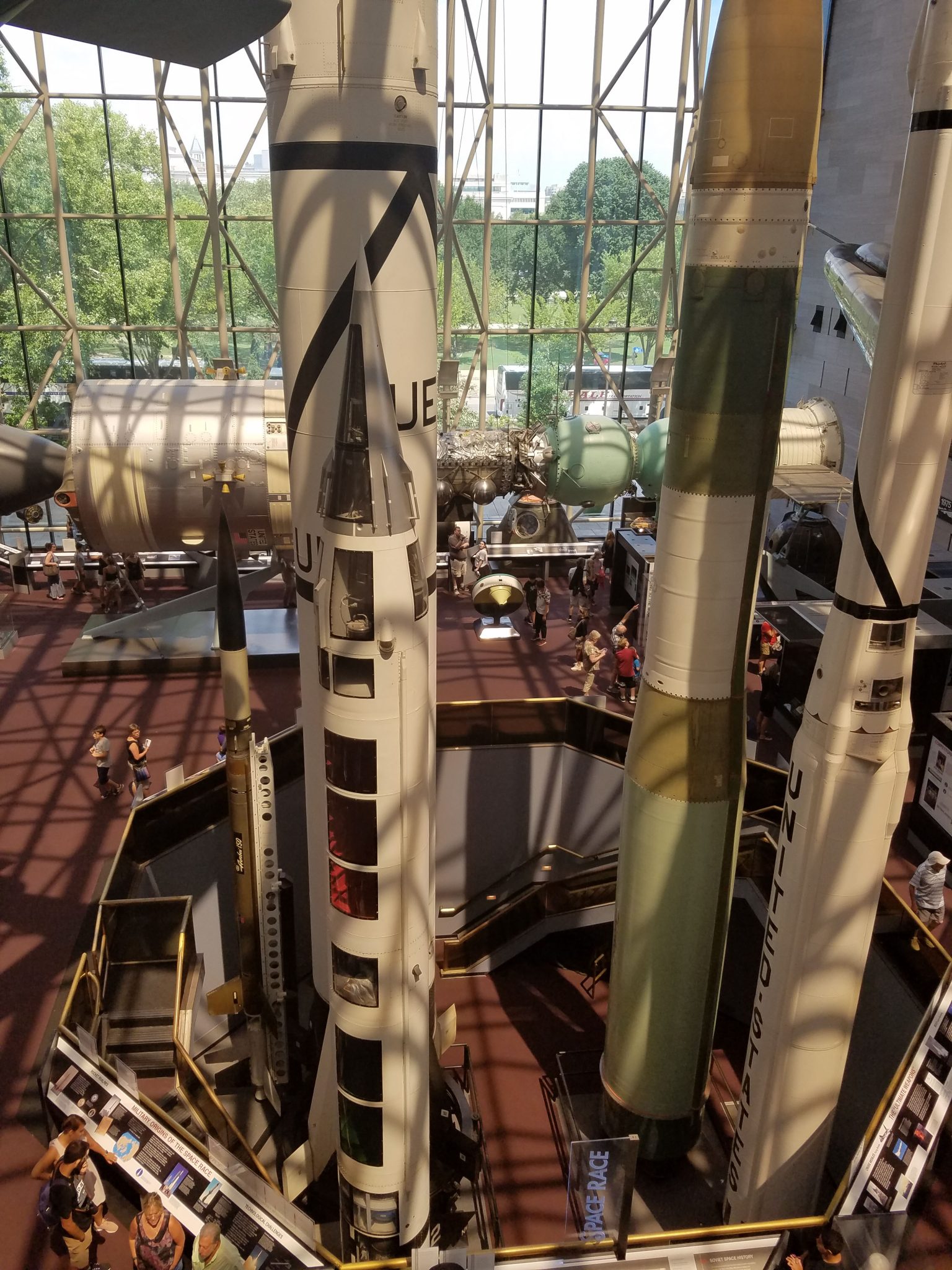

- Skylab: The Skylab program in the 1970s was the first American manned space station. The two-story orbital workshop has been a key feature of the museum since it opened. From the second floor, visitors can walk through the workshop to see how the 3-man crew lived.
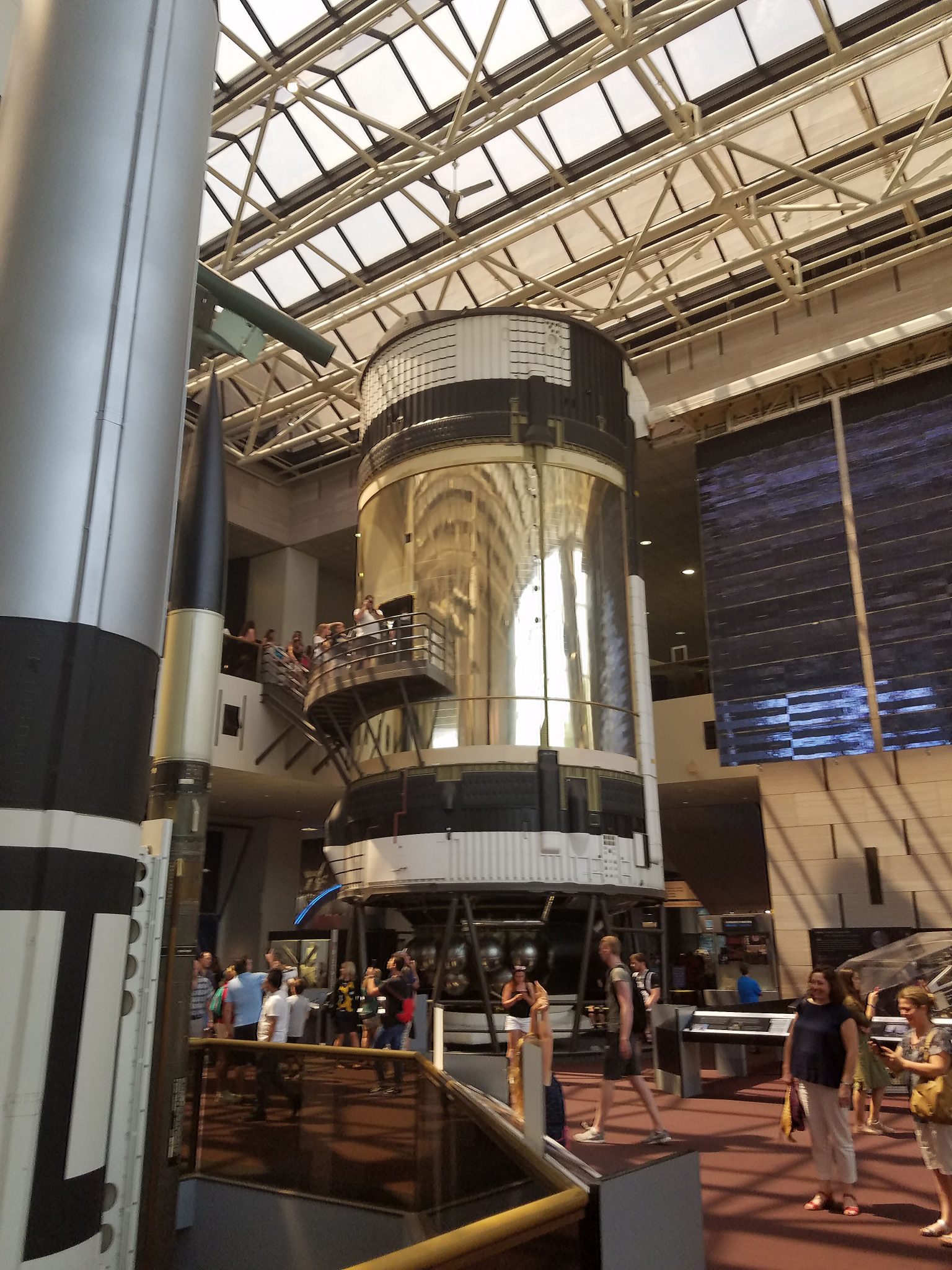
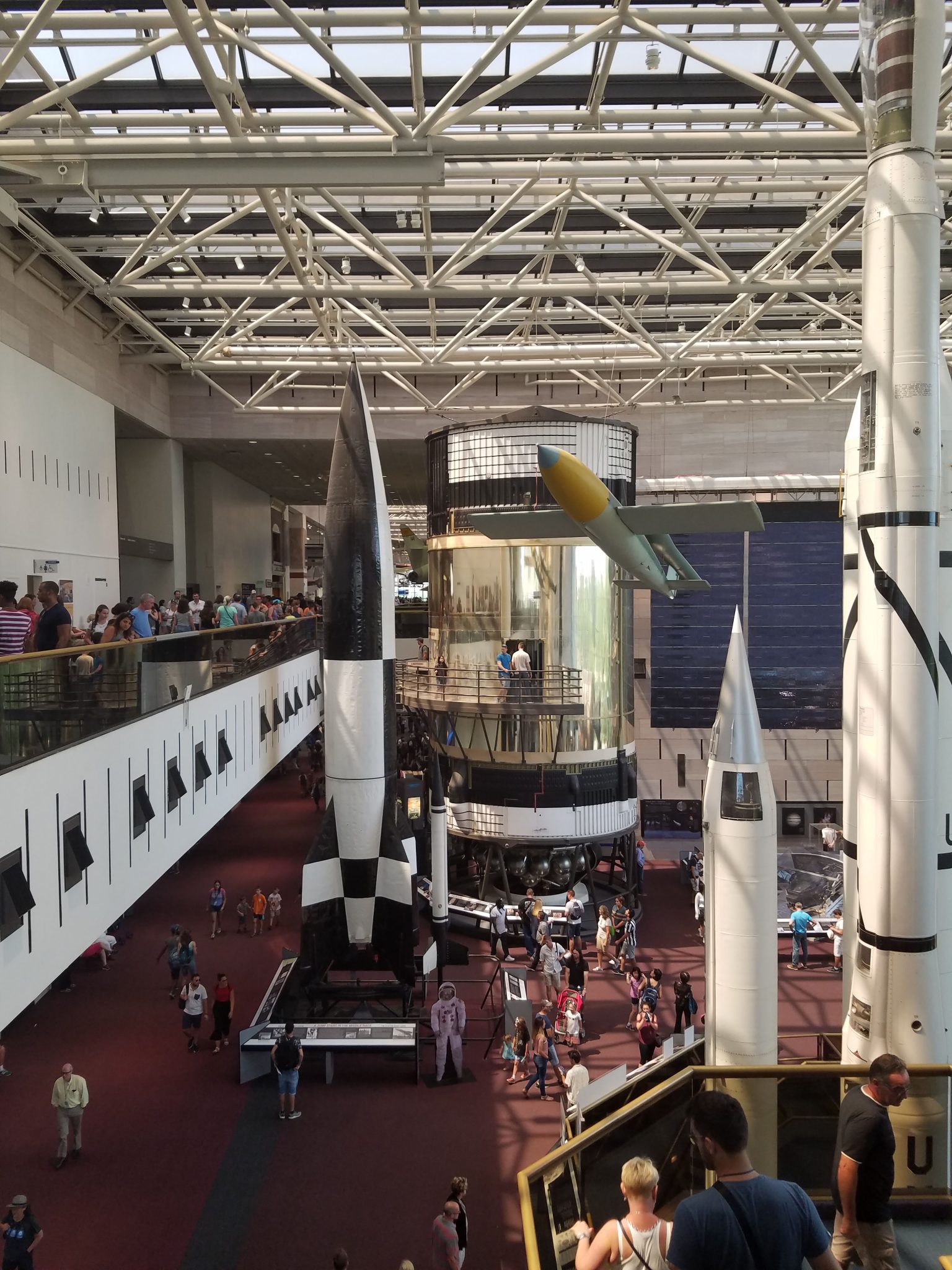
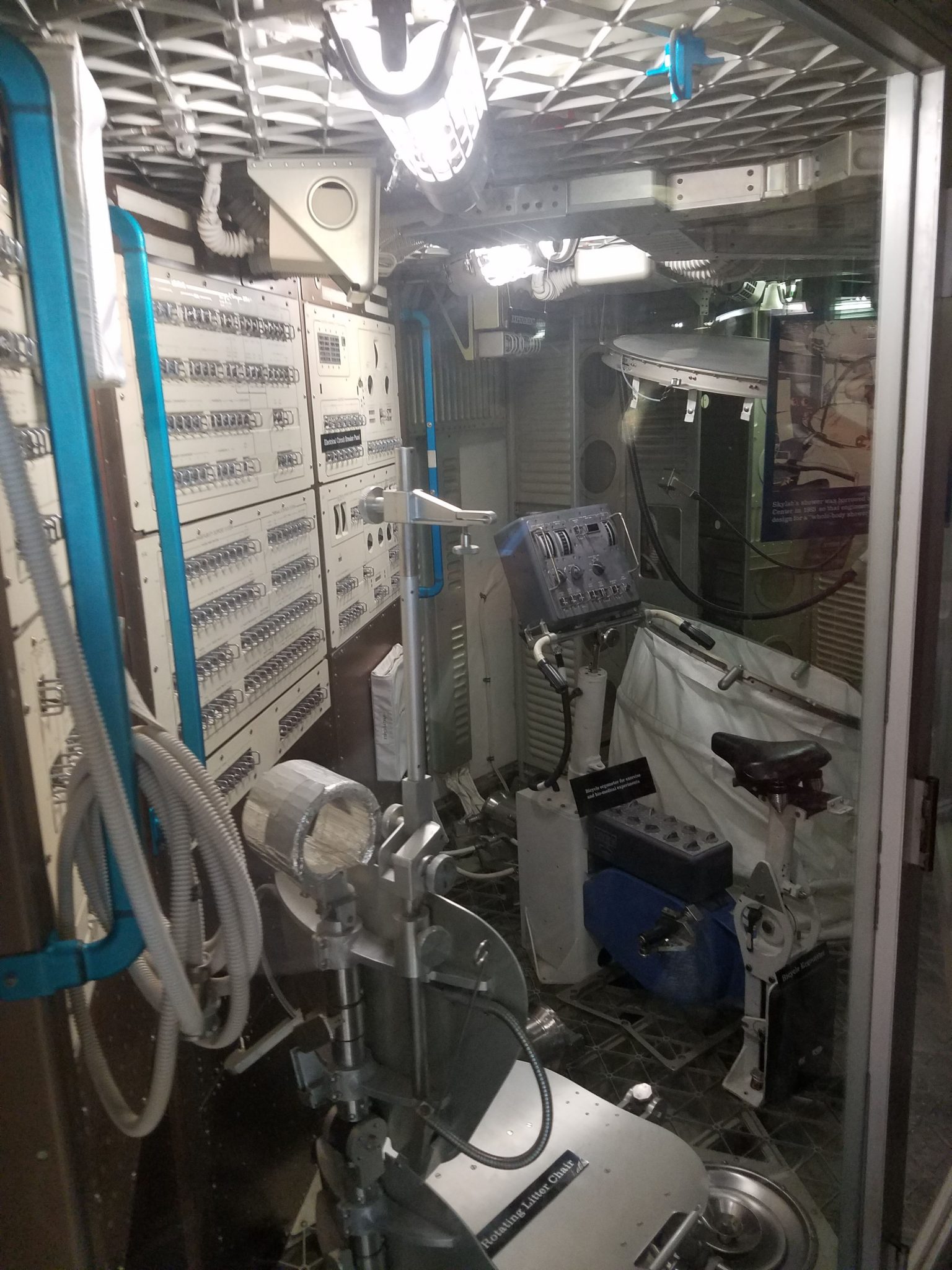
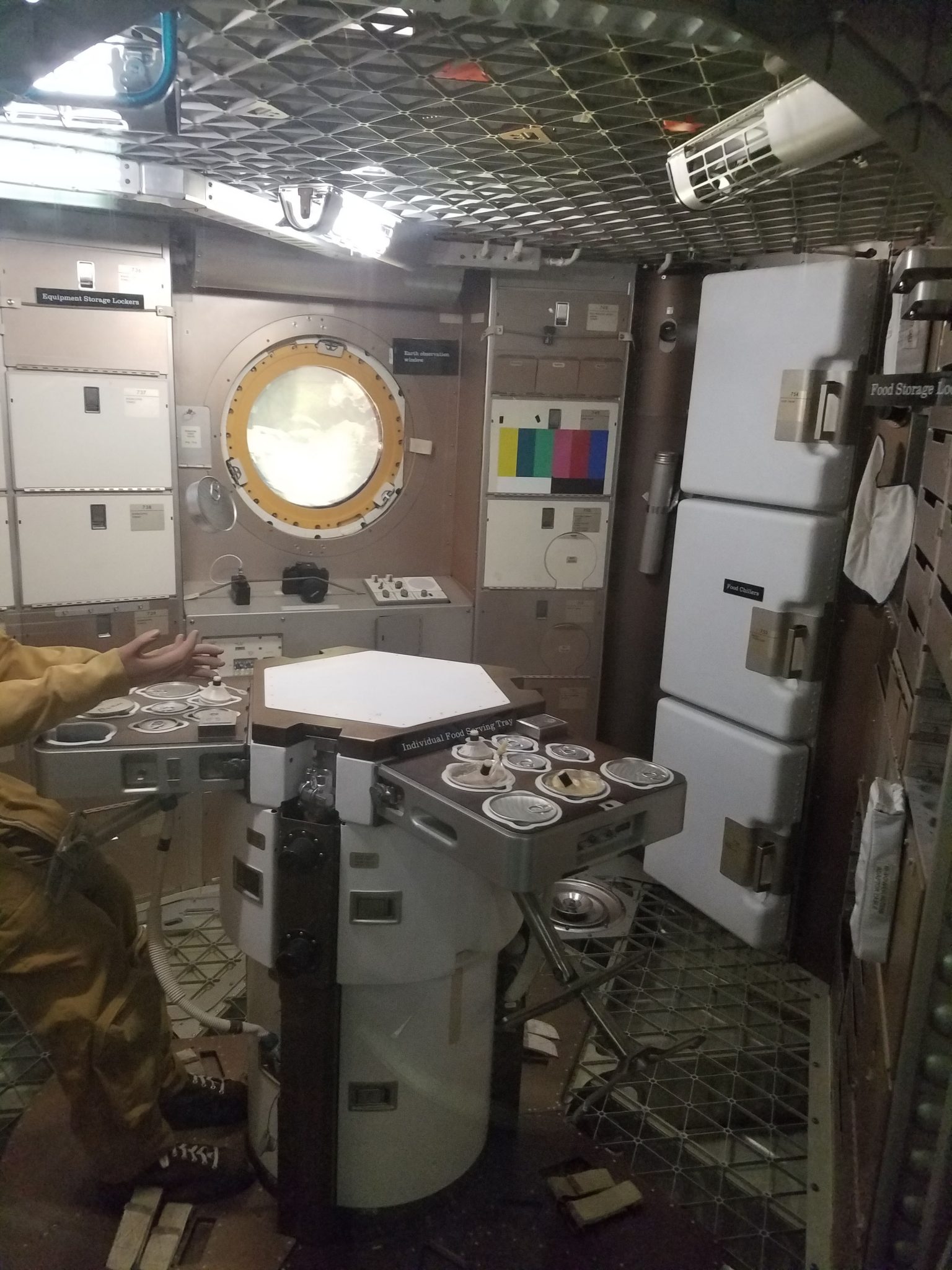
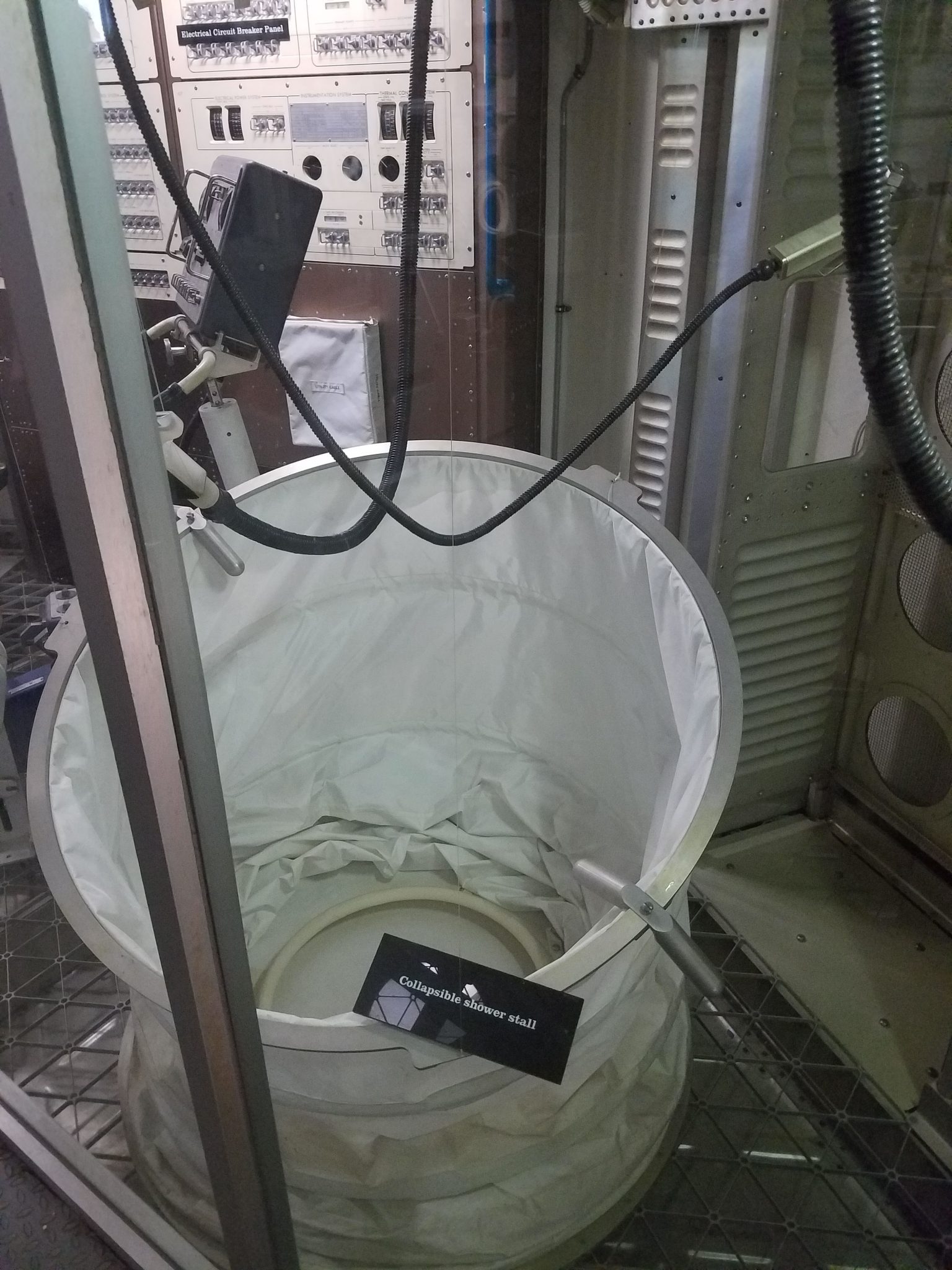
Exhibit Halls
The themed exhibit halls are in the process of being totally renovated so we can only describe what used to be at the museum.
Over the years, the absolute favorite exhibit hall for our family was How Things Fly. On our last visit and into the end of 2019, this exhibit was still open.
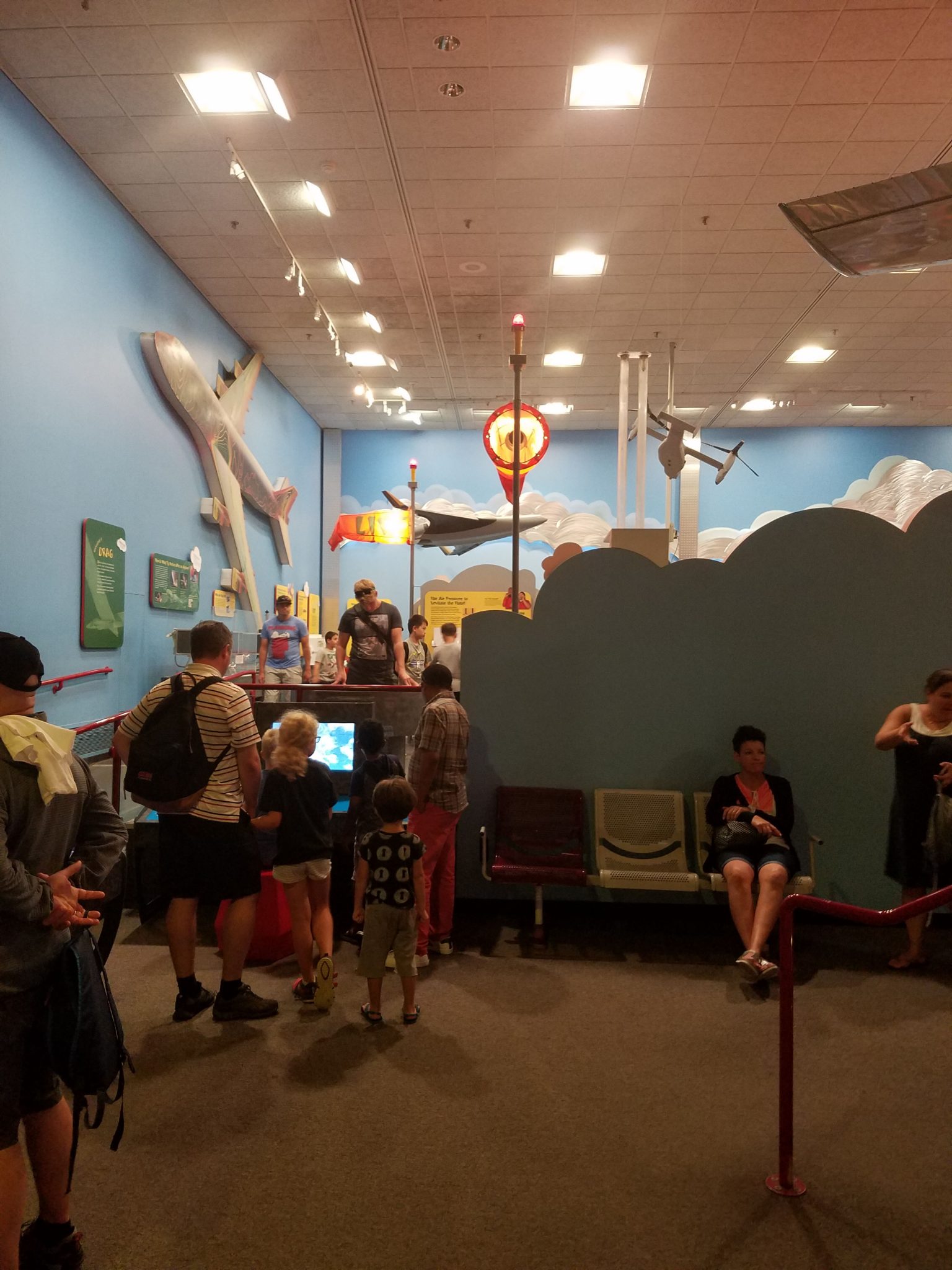
How Things Fly is all about the principals of flights. There are all kinds of hands on displays. A small theater has regular performances targeted towards a school age audience.
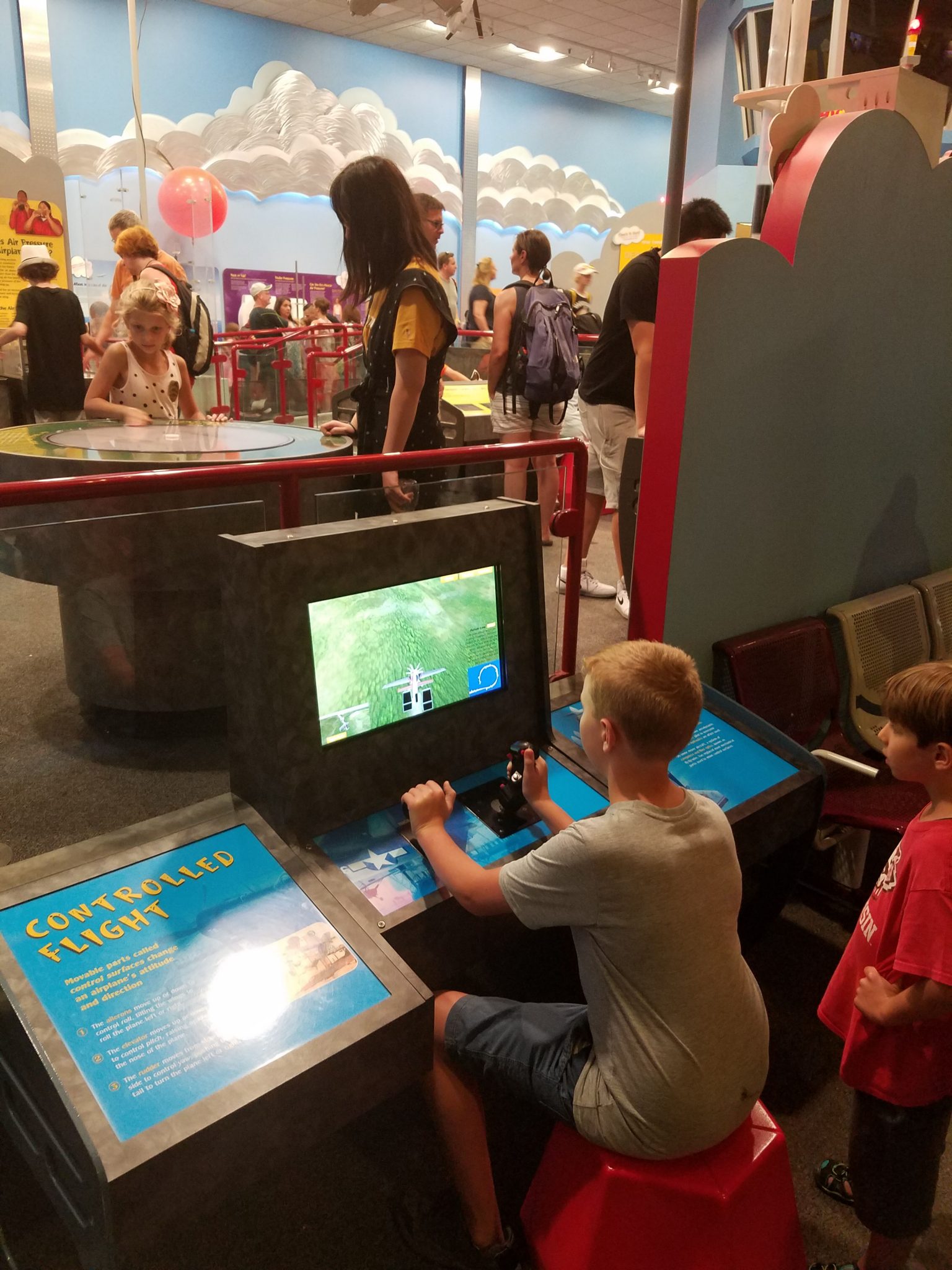
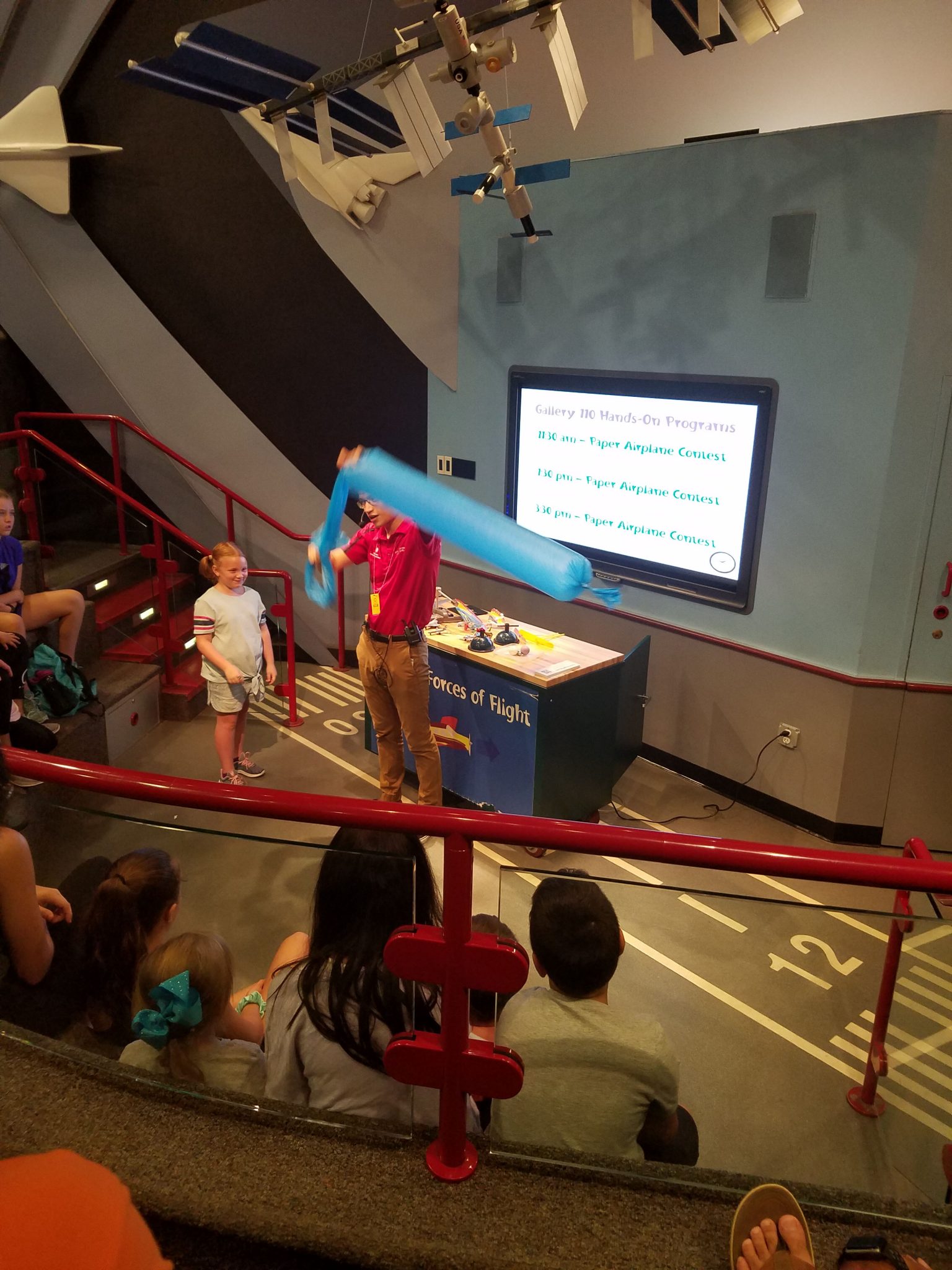
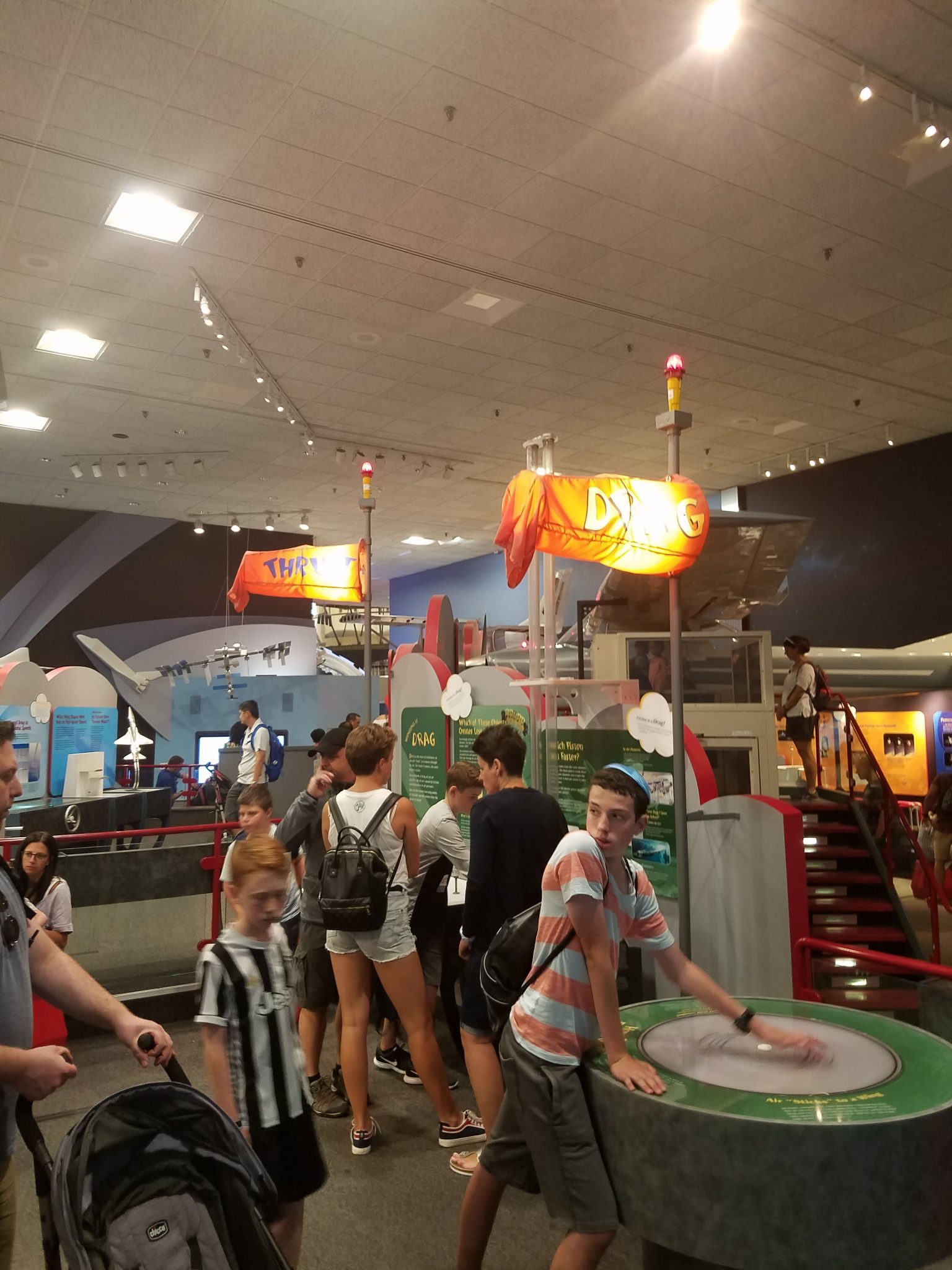
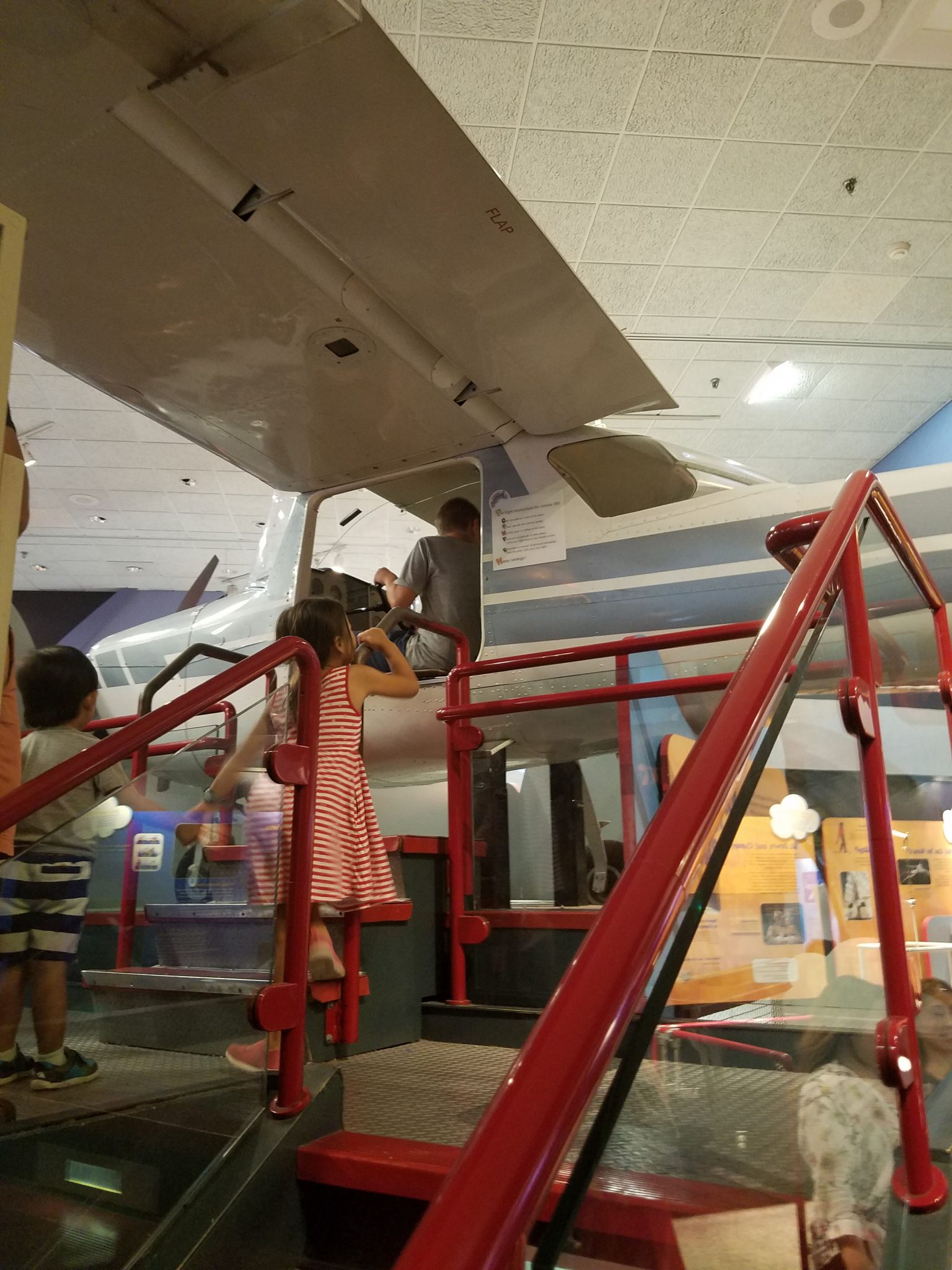
Other exhibit halls focused on viewing earth from above, Early Aviation, World War II, Naval Aviation, exhibits and the universe and space race and much more. Of course, all these exhibits are being remodeled and many of the displays are being put in storage or on display at the Steven Udvar-Hazy Center by Dulles airport.
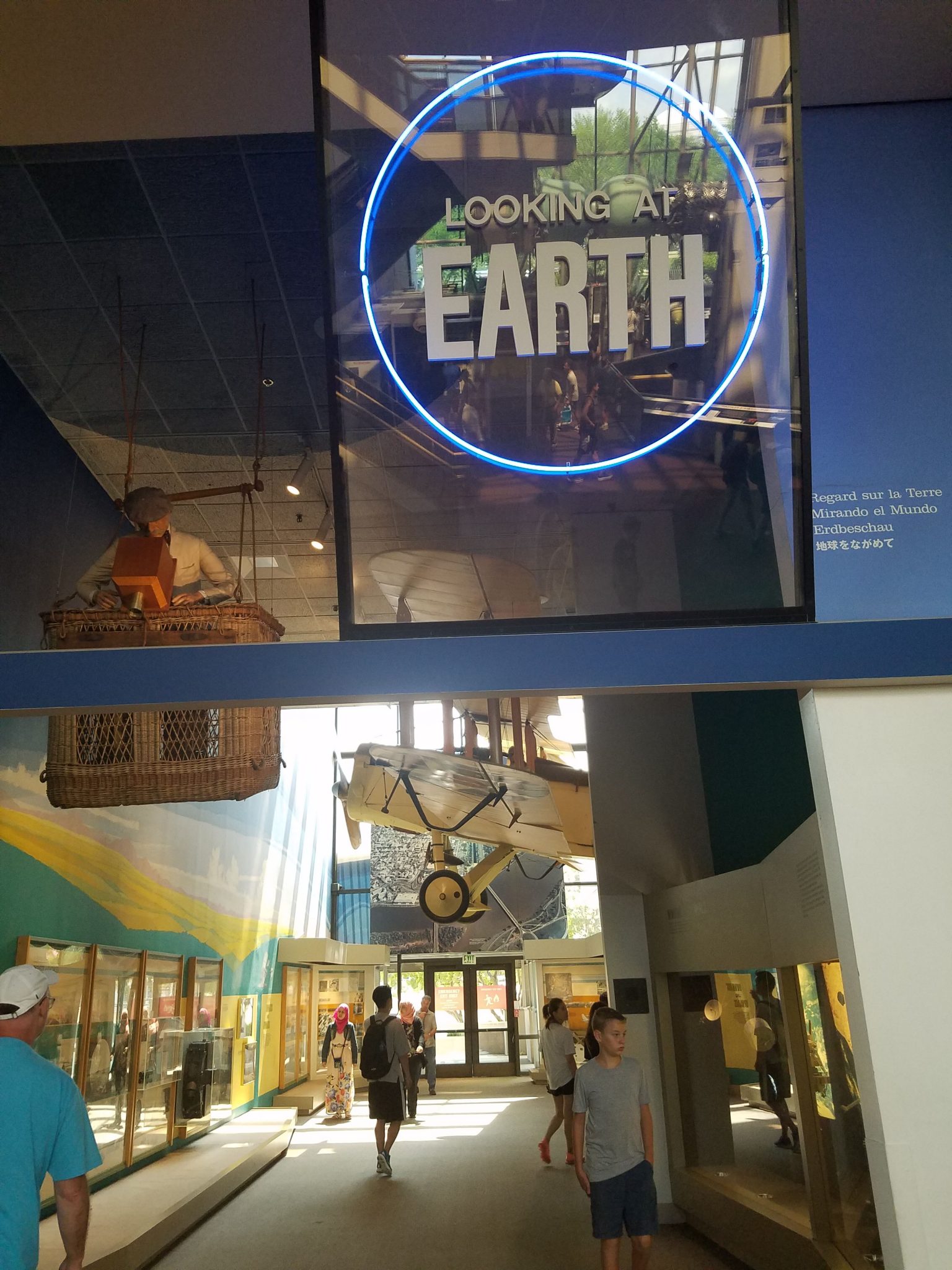
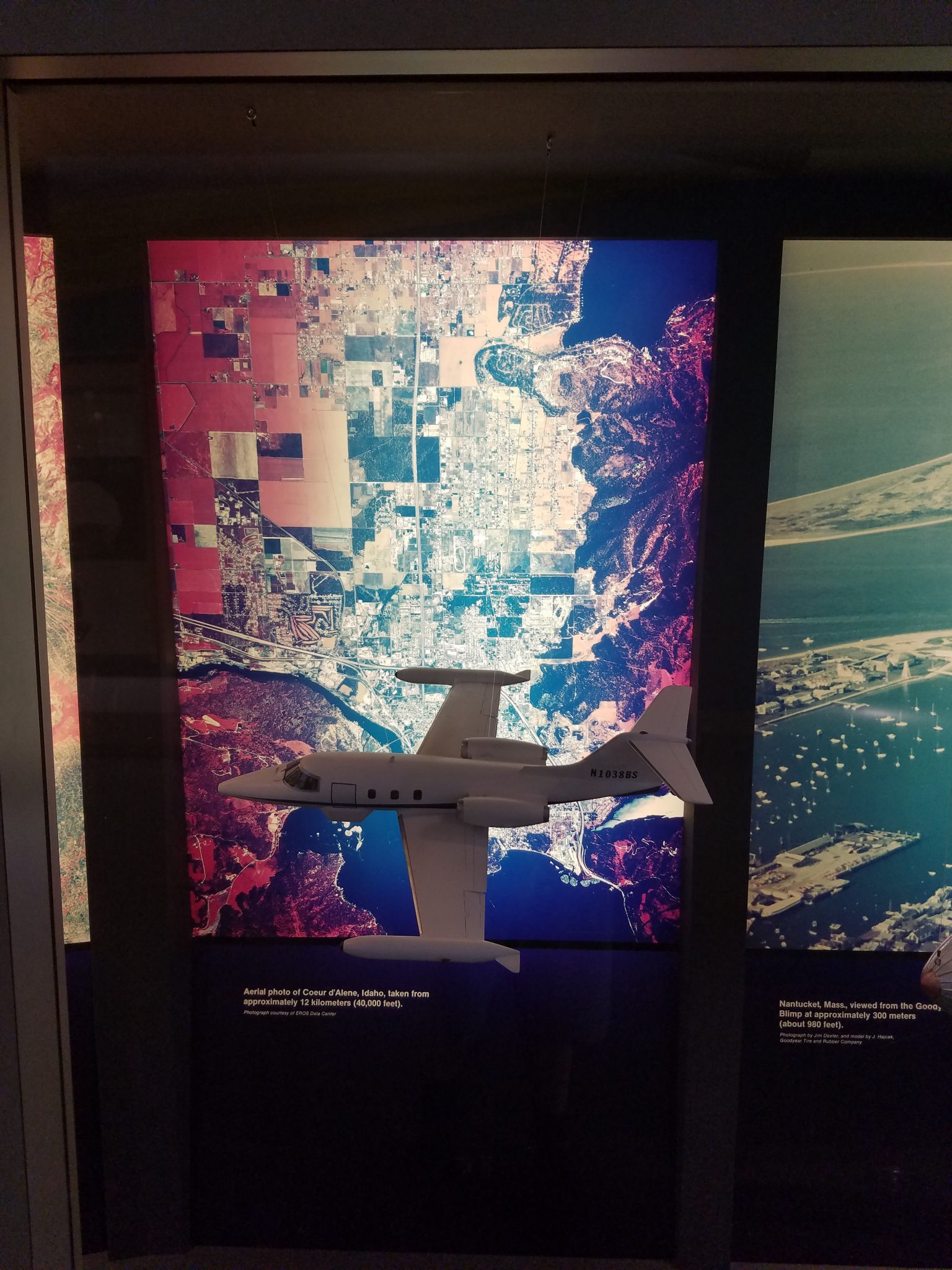
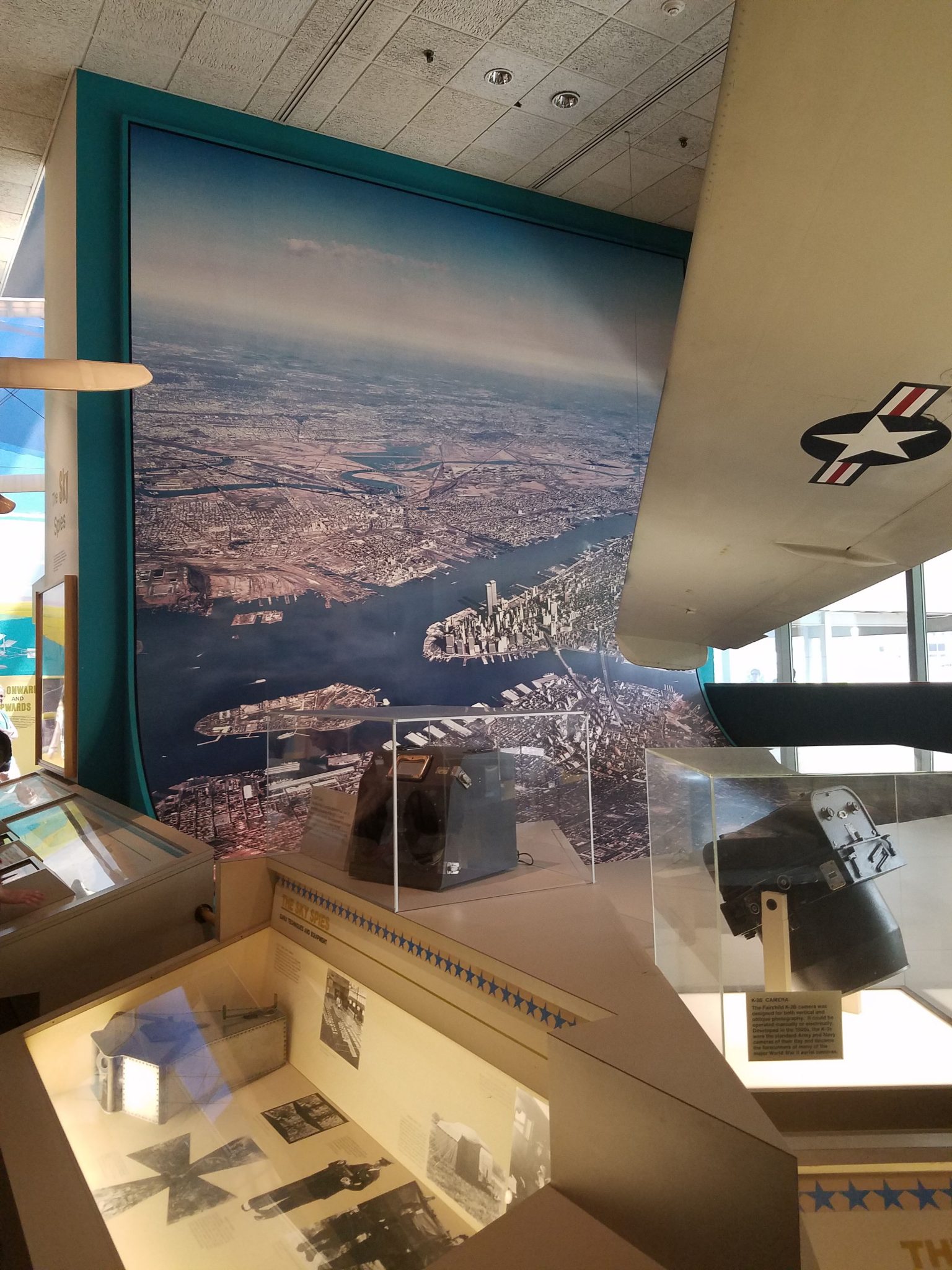
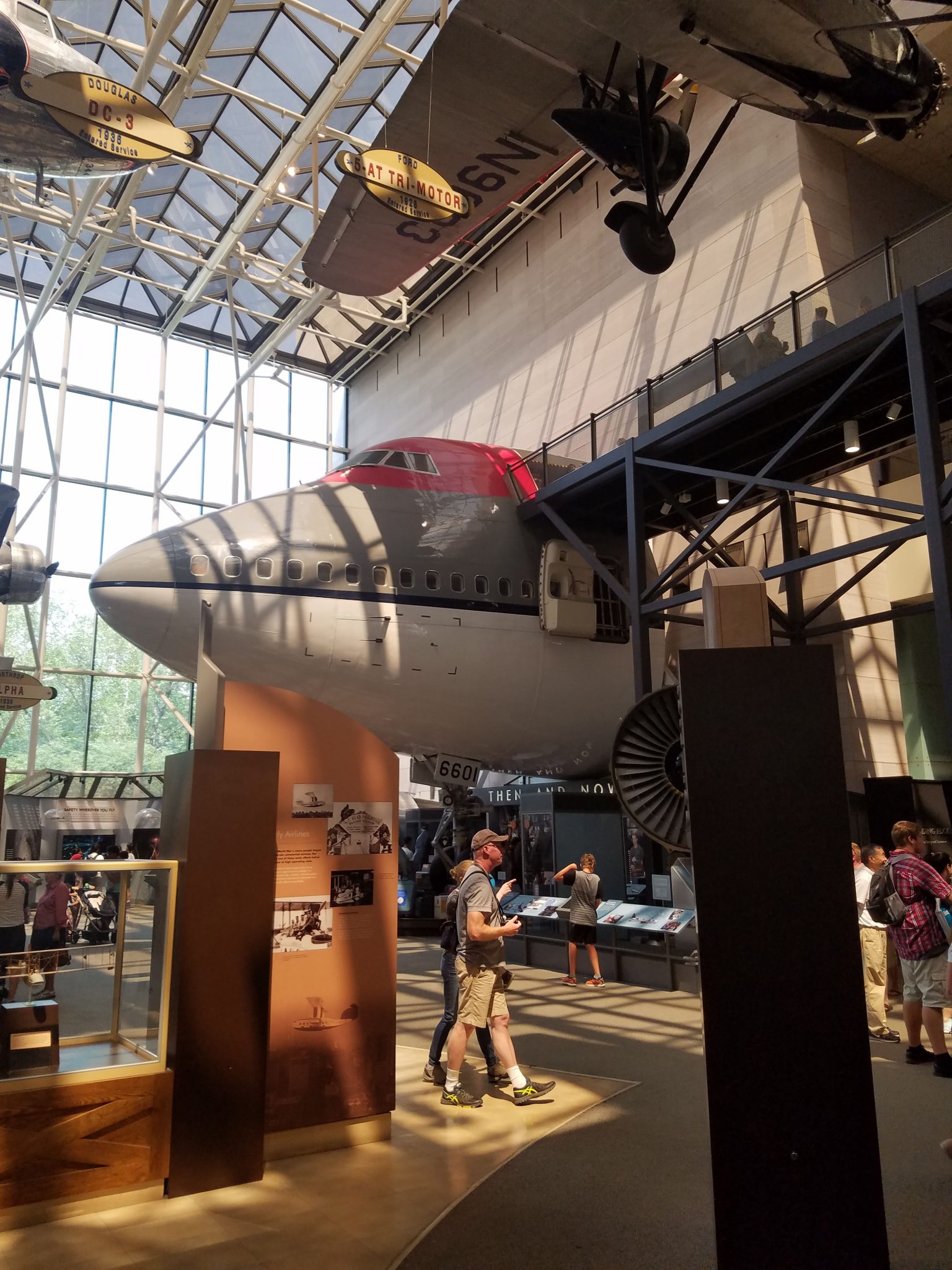

Solar Observatory and Outside Exhibits
The Phoebe Waterman Haas Public Observatory is located right outside the museum along Independence Avenue. This observatory is unique in that it looks at the sun. It is only open 12 to 3 on Wednesday through Saturday. However, when it is open you can look through the telescope.
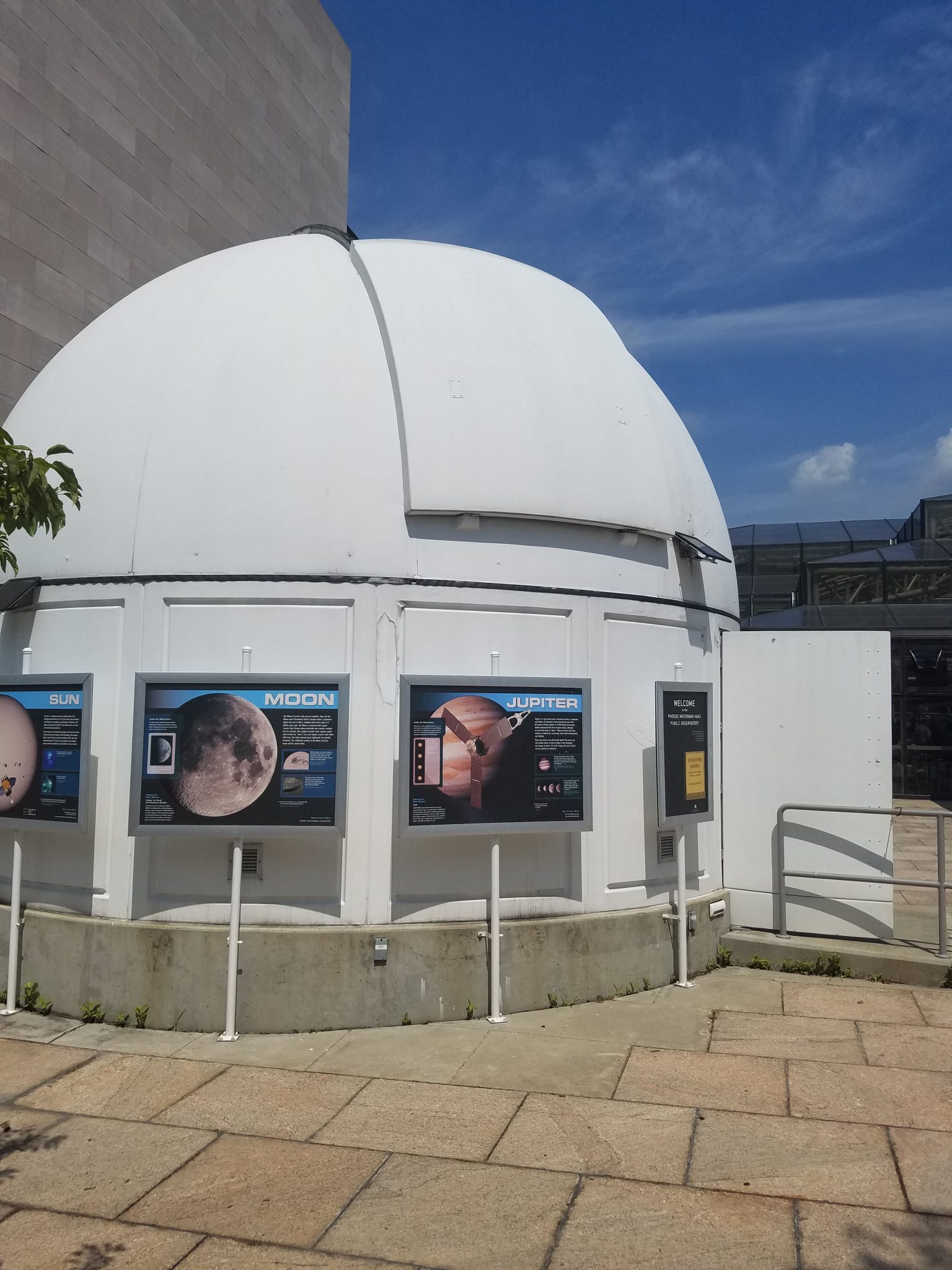
Our family learned a great deal about solar observatories from getting a personal tour of the mountain top Big Bear Solar Observatory. The observatory at the National Air and Space Museum is on a smaller scale but viewing the sun is a fascinating topic.

On the other side of the museum, along Jefferson Drive, is a cool exhibit that we just stumbled on. Apparently, the name is Voyage: A Journey Through Our Solar System.
This is a life size model of the distance of planets in our solar system. It runs several blocks from the National Air and Space Museum to the Smithsonian Castle. It is one ten-billionth the actual size of the solar system, but designed to give a relative idea of how far apart the planets are.
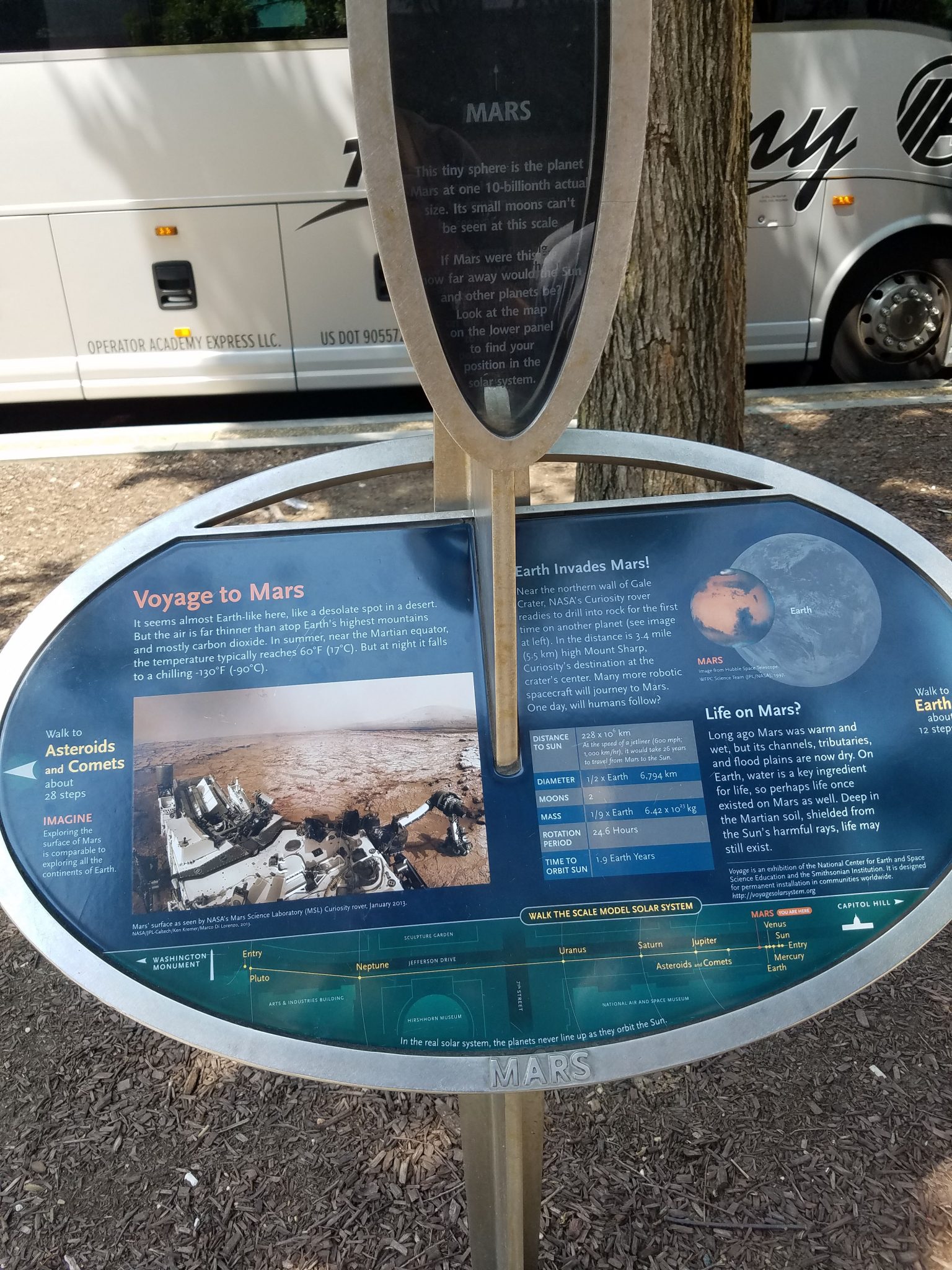
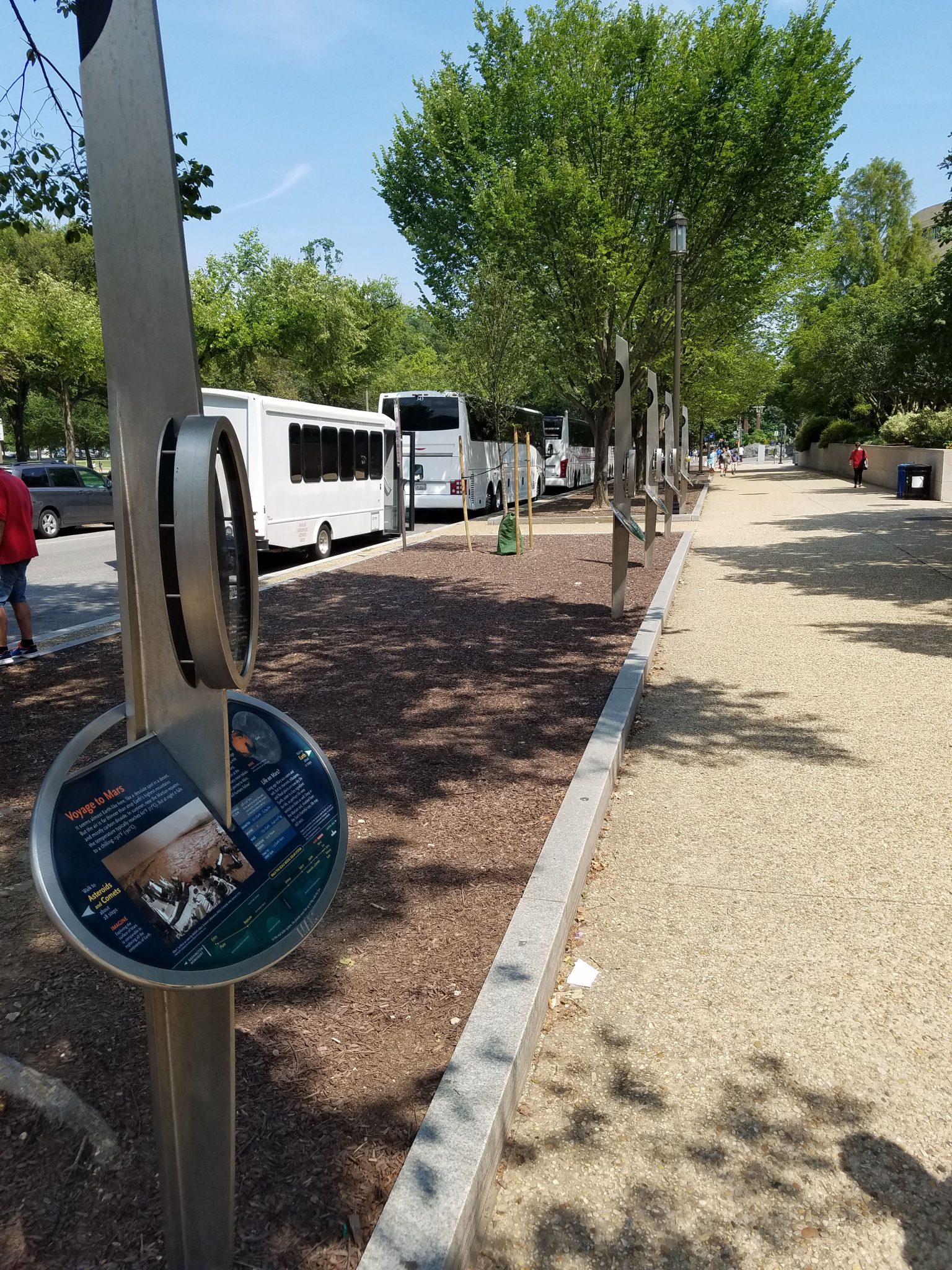
Each planet is represented by a display based at the relative distance it is from the sun. The sun, Mercury, Venus, Earth and Mars are clustered fairly close together on the east corner of the museum by the capital. Jupiter is further down towards the middle of the museum. Saturn is even further down with Uranus on the west corner across from the Hirshhorn. Neptune is located by the Arts & Industries building with Pluto by the Smithsonian Castle.
Dining and Shopping
Planning where to dine is crucial to a successful Smithsonian visit. This is especially true when you have young children. Leaving the museum area can take a lot of time and sometimes it is best to eat at the museum. We have done that on many occasions for convenience.
Unfortunately, there are very few restaurants in the heart of the National Mall. Every major Smithsonian museum has its own dining area. The only other option are food trucks that line the entrance to the museums.
Over the years we try and plan our visits so we can walk off the mall for food. Our favorite is the Potbelly Sandwich Chain which has two locations each about 4 blocks from the National Air and Space Museum. This has become a regular tradition and we have even developed a recipe for our own Potbelly Giardiniera.
Prior to construction the main dining at the National Air and Space Museum was McDonald’s. However, on our last visit the only dining was prepared sandwiches from a deli case. We opted to eat next door at the American Indian museum.

Our favorite museum dining option is the Mitsitam Cafe at the National Museum of the American Indian. It is cafeteria style with a variety of food stations. They have hamburgers and chicken tenders to keep picky eaters happy, but many of the options tend to be more exotic. On my last visit I tried the New Mexico style chili (see my recipe and our guide to driving through New Mexico on our way to Washington, DC). Of course, as a museum restaurant prices will be high.
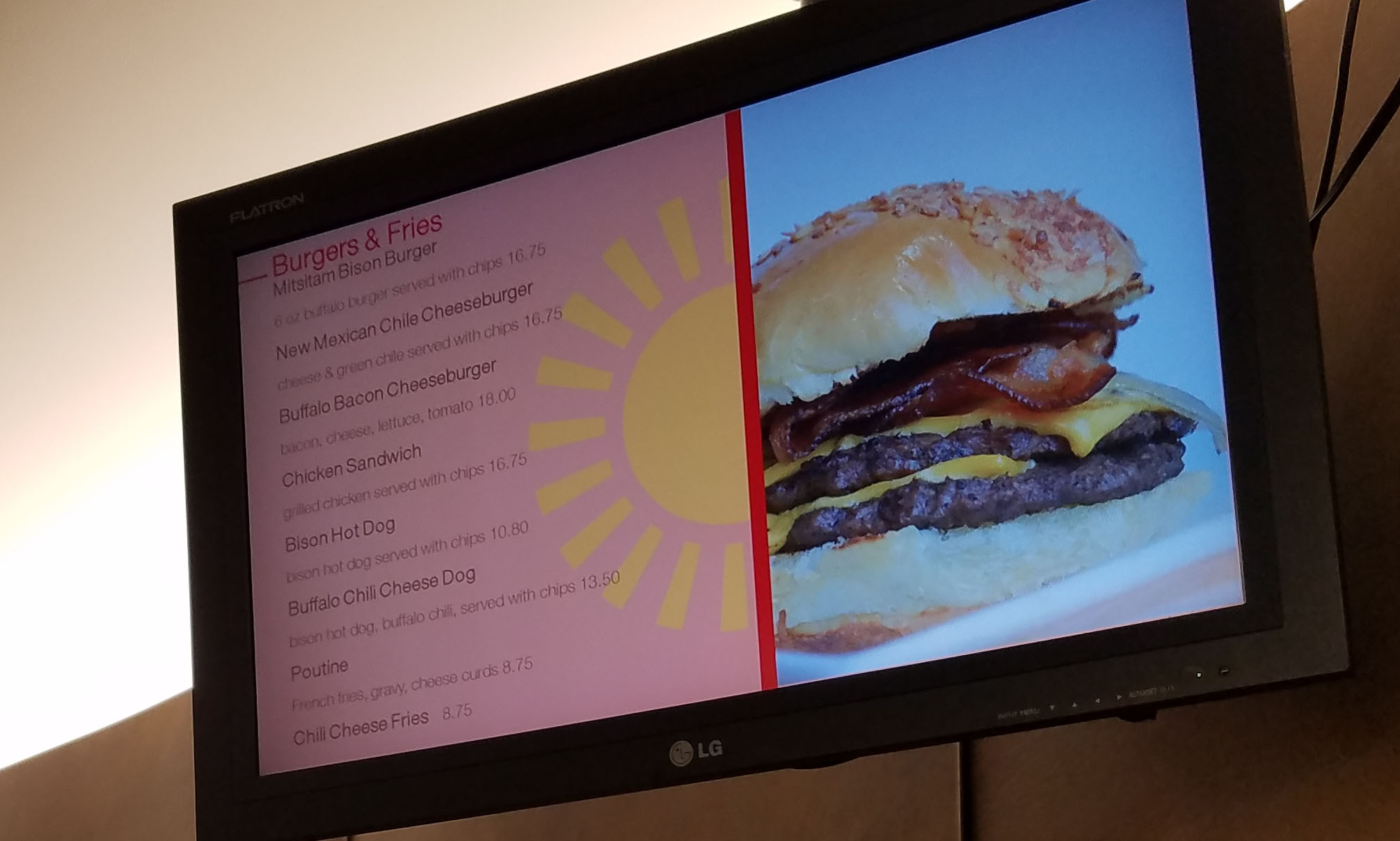

Shopping options are more exciting. The Smithsonian Museums are known for their gift shops. The National Air and Space Museum is no exception. The massive two-story store has been a favorite for years.


The iconic treat over the years has been the freeze-dried astronaut space food. This is definitely a novelty, but it is a lot of fun. Our son has also loved the classic orange space suit and helmet he received as a birthday present at the age of 4. Beyond those unique items there are all kinds of kites, Star Wars items, model planes and all kinds of books and activities focused on air and space.
Steven Udvar-Hazy Center
The Steven Udvar-Hazy Center is located in Fairfax County, Virginia near Dulles airport. It is a companion to the National Air and Space Museum. This facility opened in 2003 in two giant hangars. The goal is to display aircraft too large to fit into the main museum.
We have not been to the Steven Udvar-Hazy Center recently, but it is likely to feature many of the National Air and Space Museum while reconstruction is occurring.
Admission is free but there is a $15 per vehicle parking fee.
If you go online you will see directions for getting between the two museums. The reality is these museums are 26 miles apart and two entirely different destinations. In theory you could take a combination metro/bus to Udvar-Hazy Center from the National Mall, but most people will come by car. It is probably not advisable to do both museums in a single day.
We plan to revisit the Steven Udvar-Hazy Center and do a complete guide.
Fun Diego Family has deep roots in Washington, DC. I was born at George Washington University Hospital a few blocks from the White House. For 25 years my parents lived in Rosslyn by the Key Bridge and Arlington Cemetery. My brother and family lives in Vienna, Virginia.
As regular visitors to the area we are doing guides to the places that our family likes to go to when we visit. The places we are covering are attractions our family ask to return to on a regular basis. They come highly approved.
The National Air and Space Museum is definitely a family favorite. However, with current construction it does come with a warning. We repeat check for current conditions.

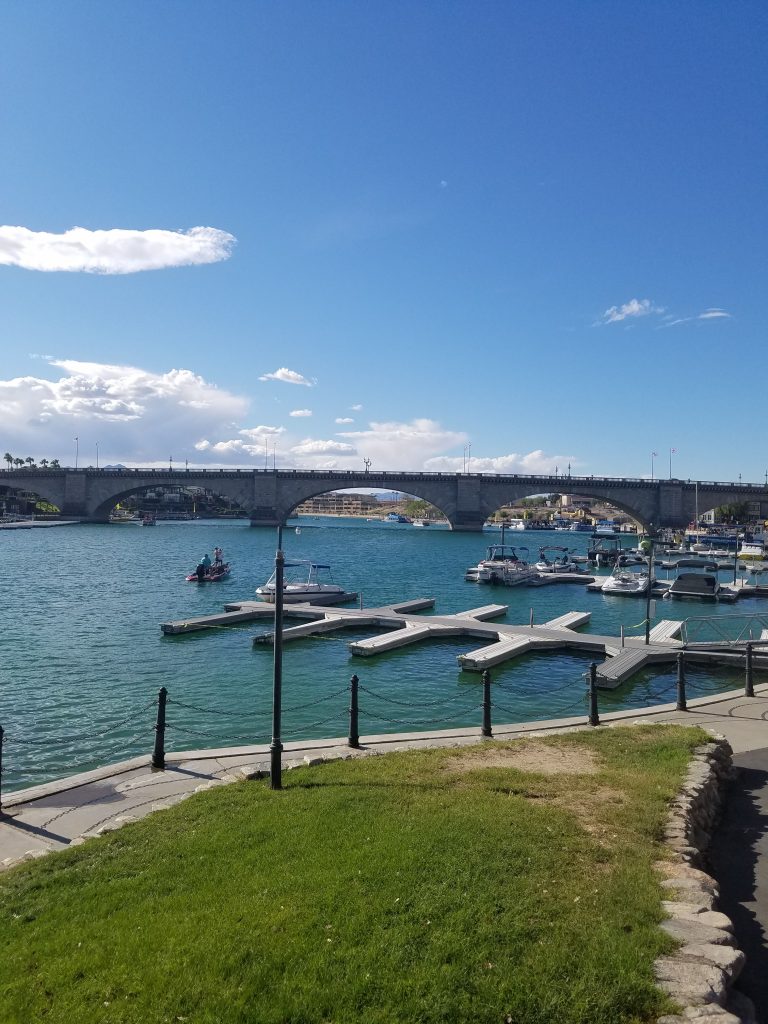
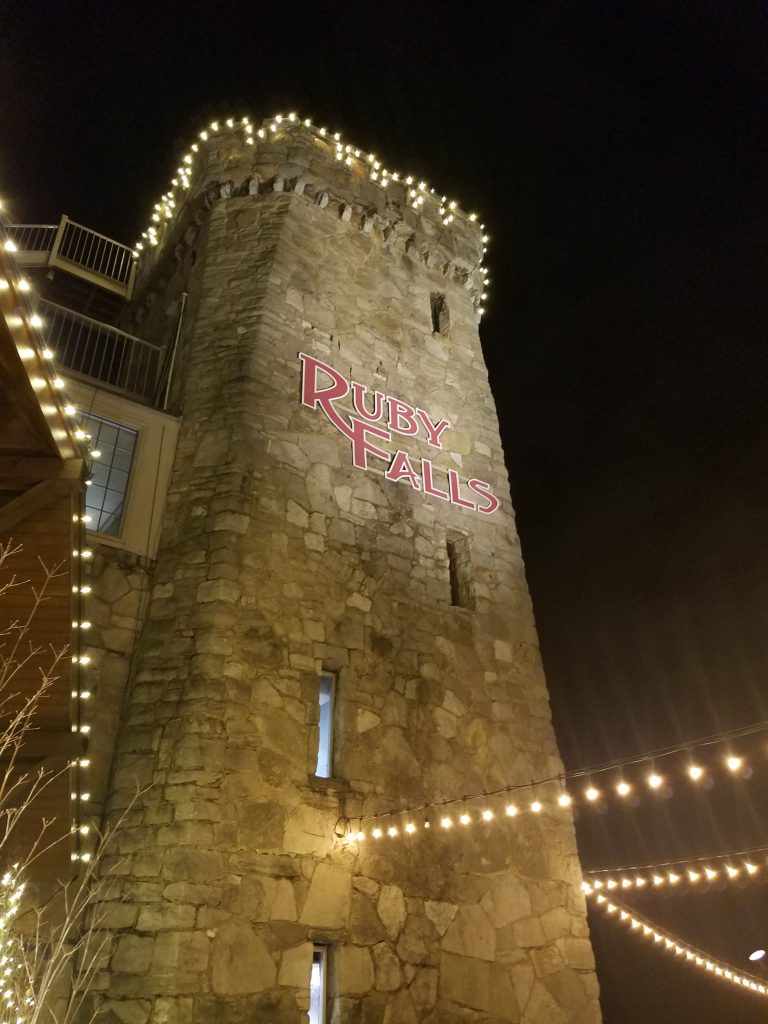
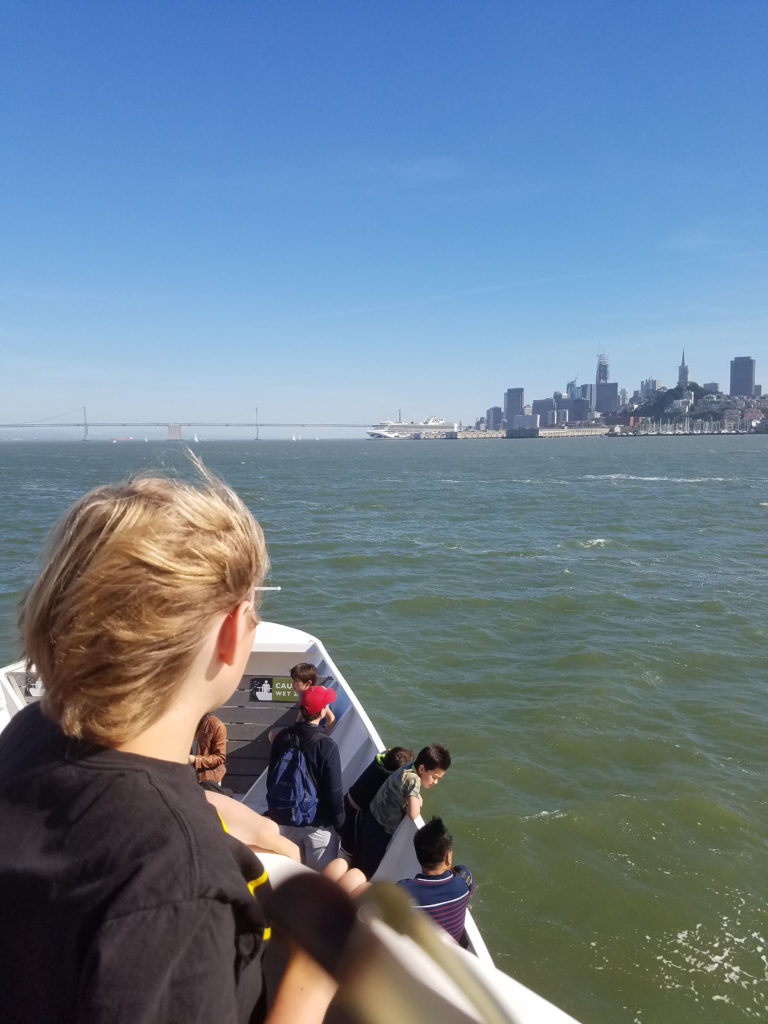
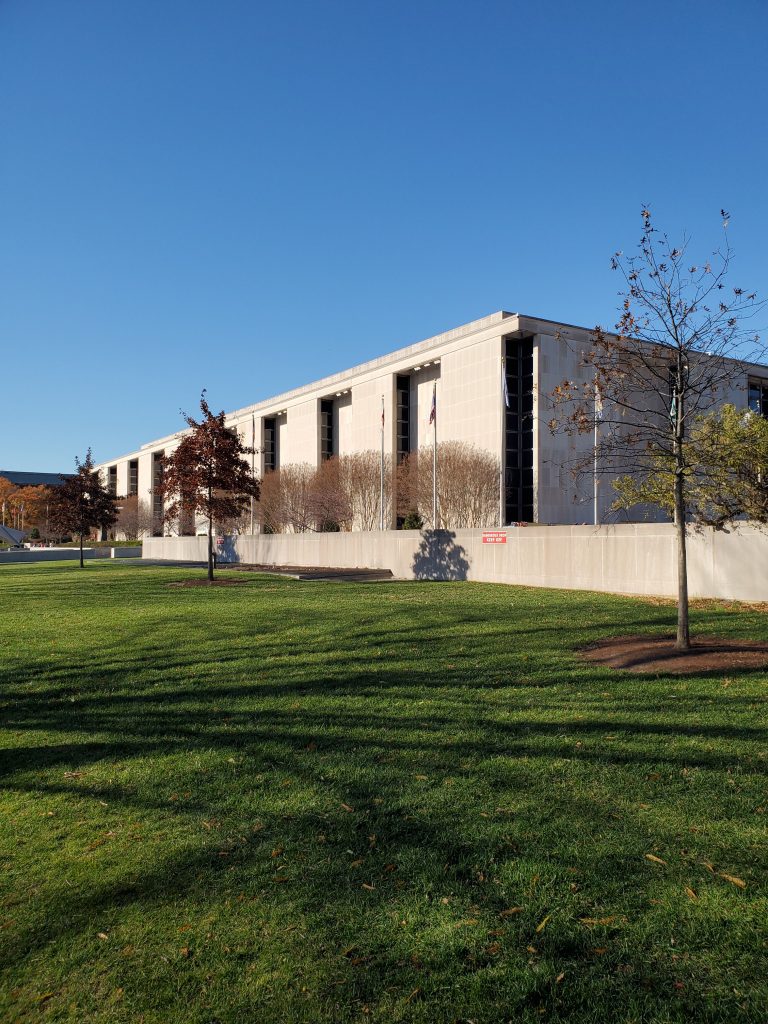
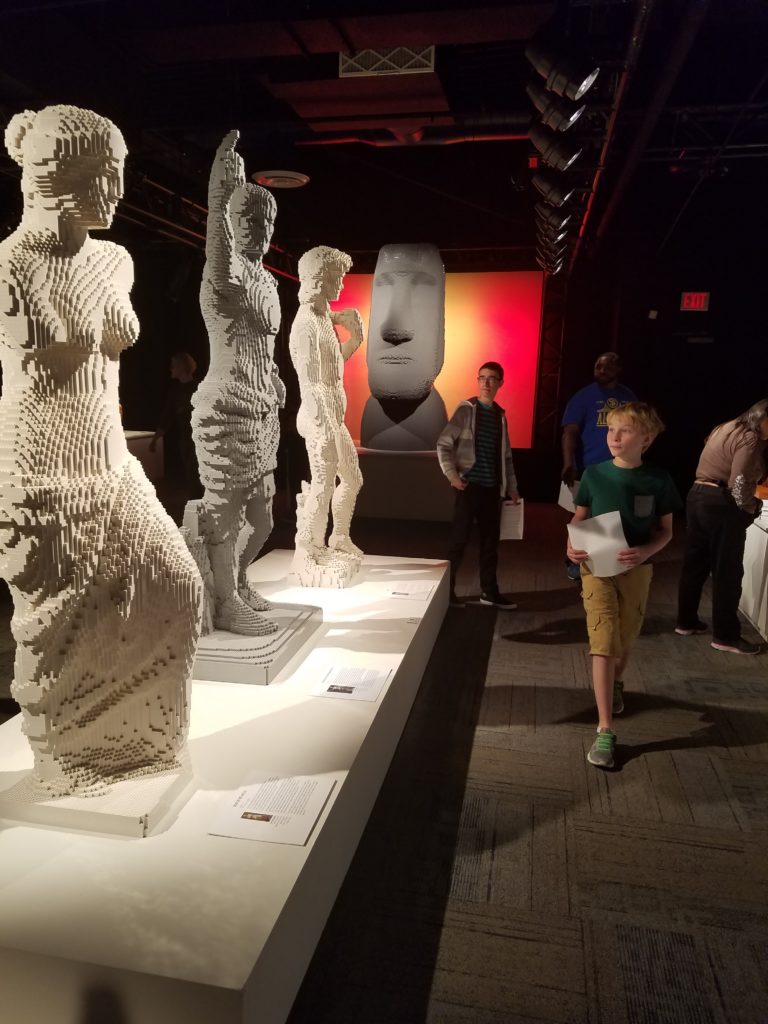

2 Comments
Comments are closed.